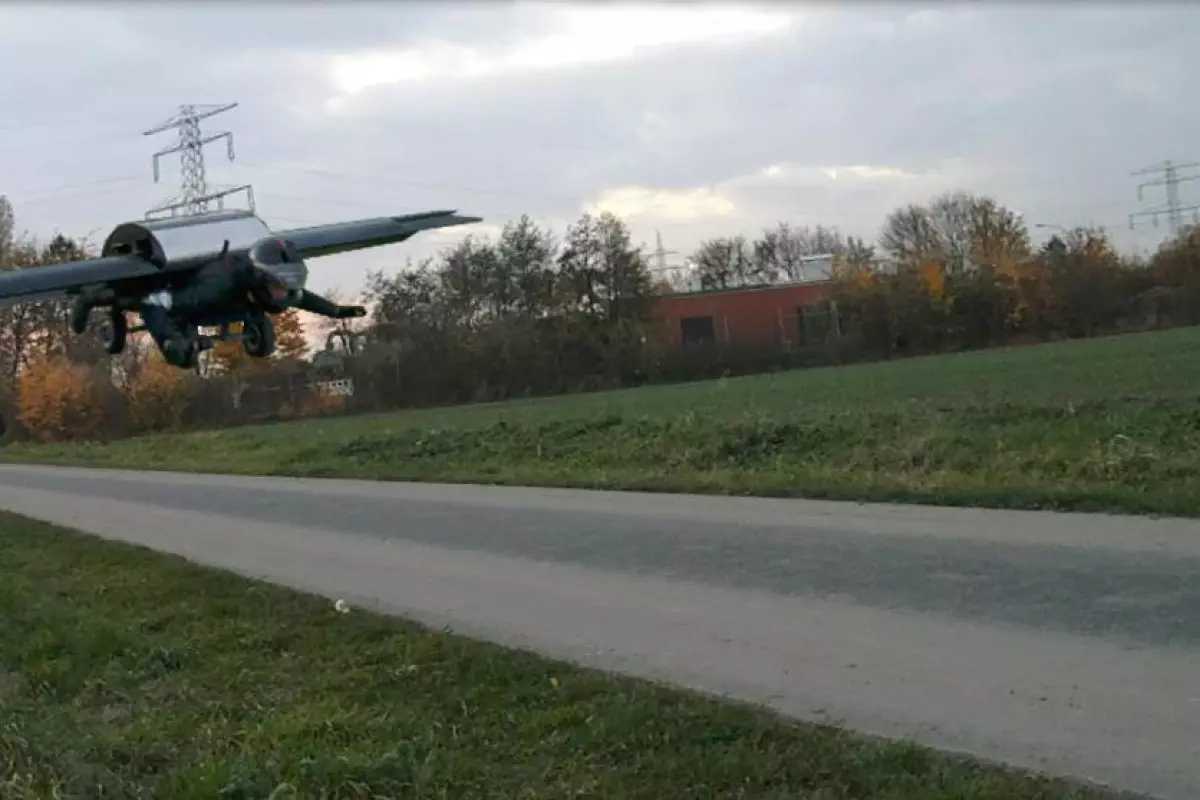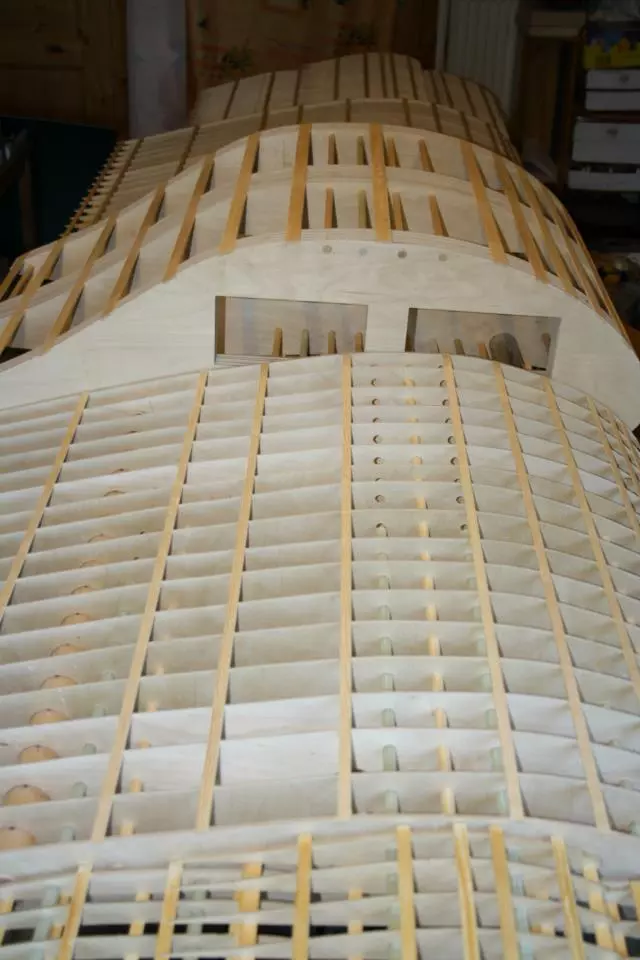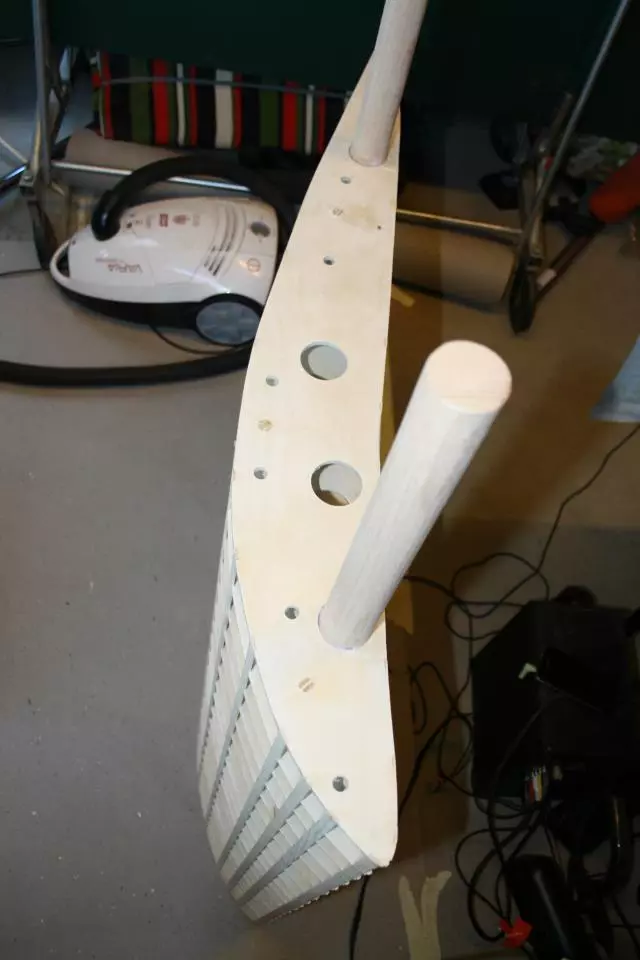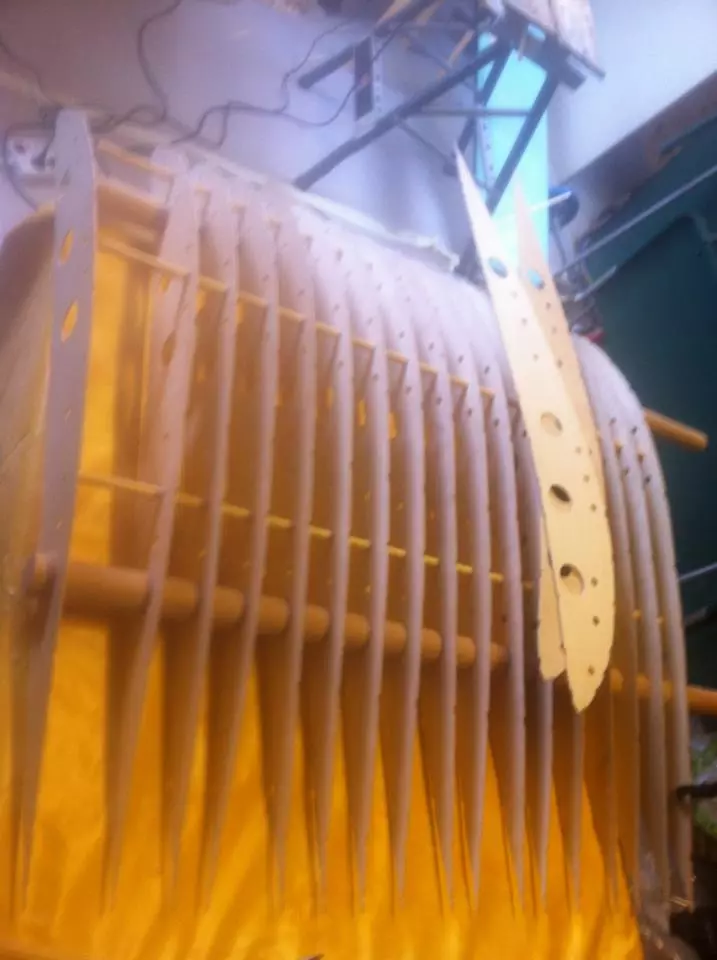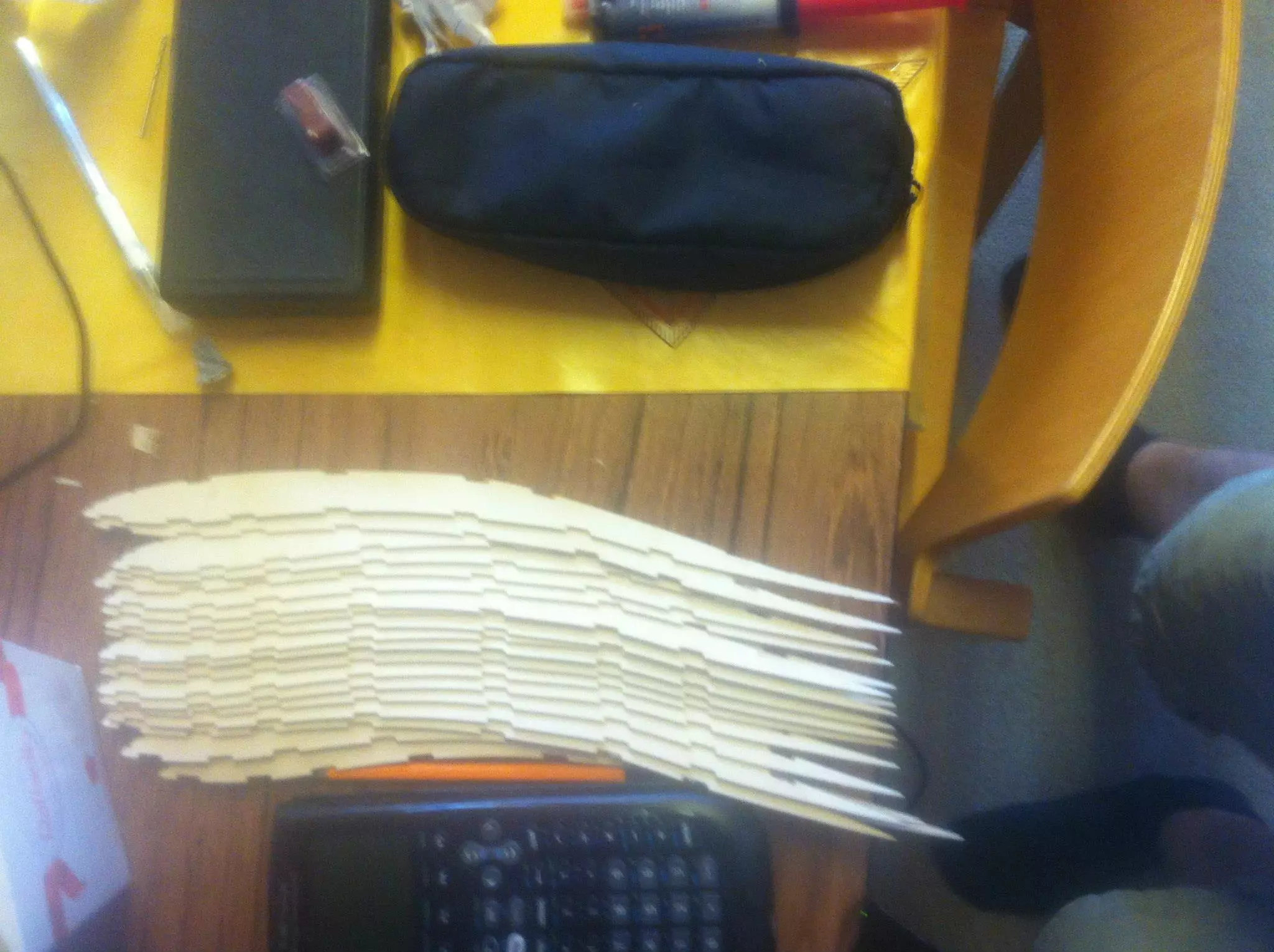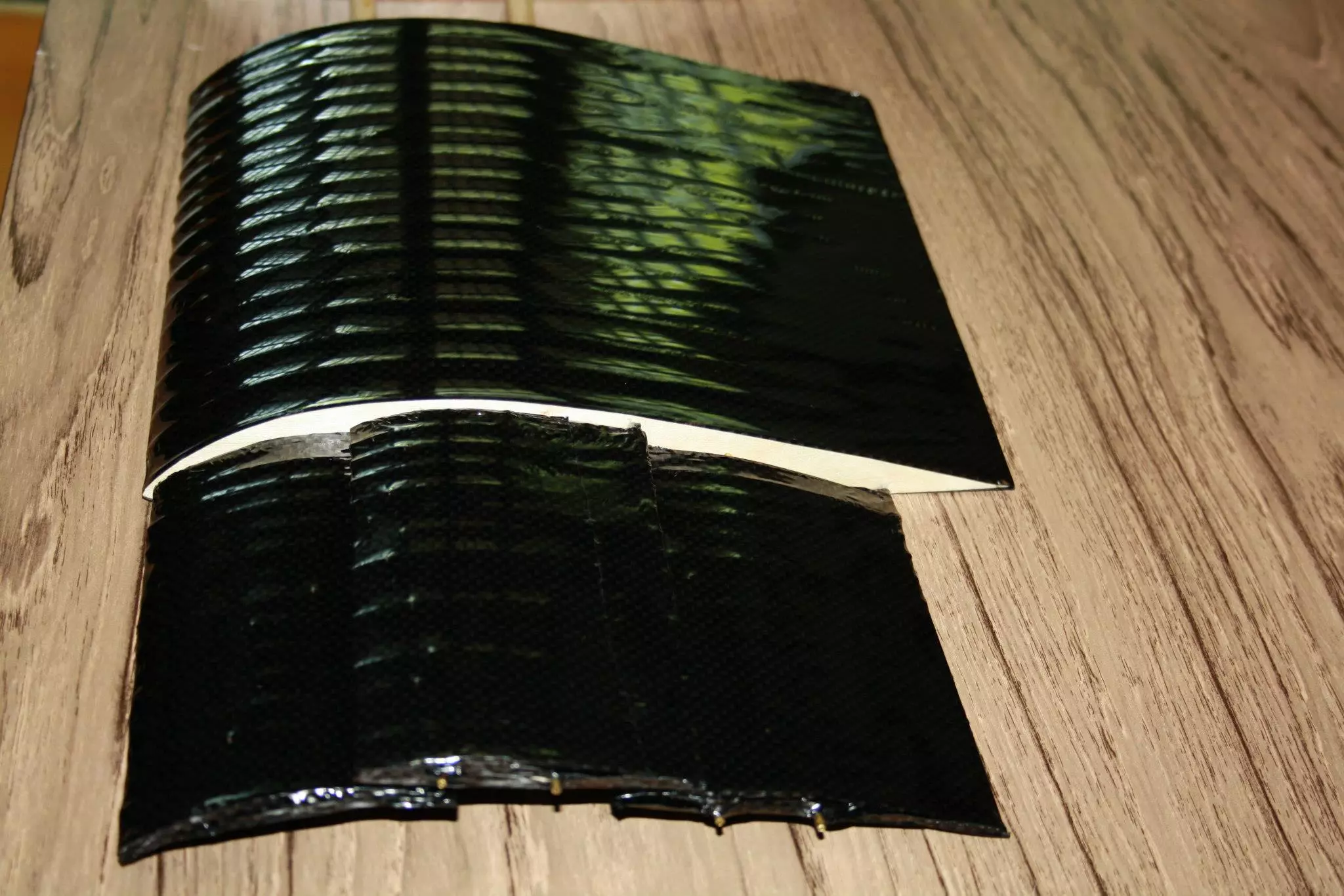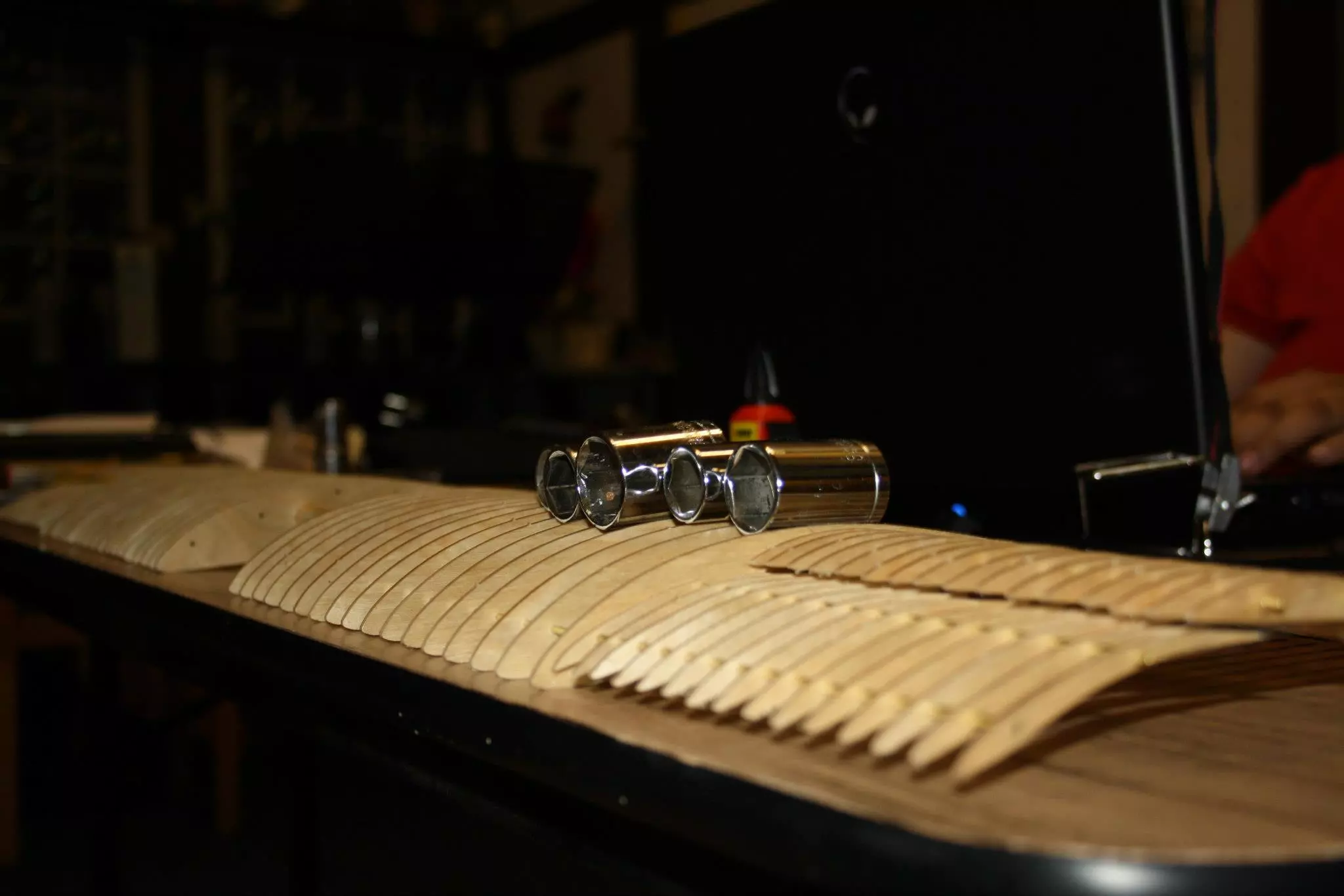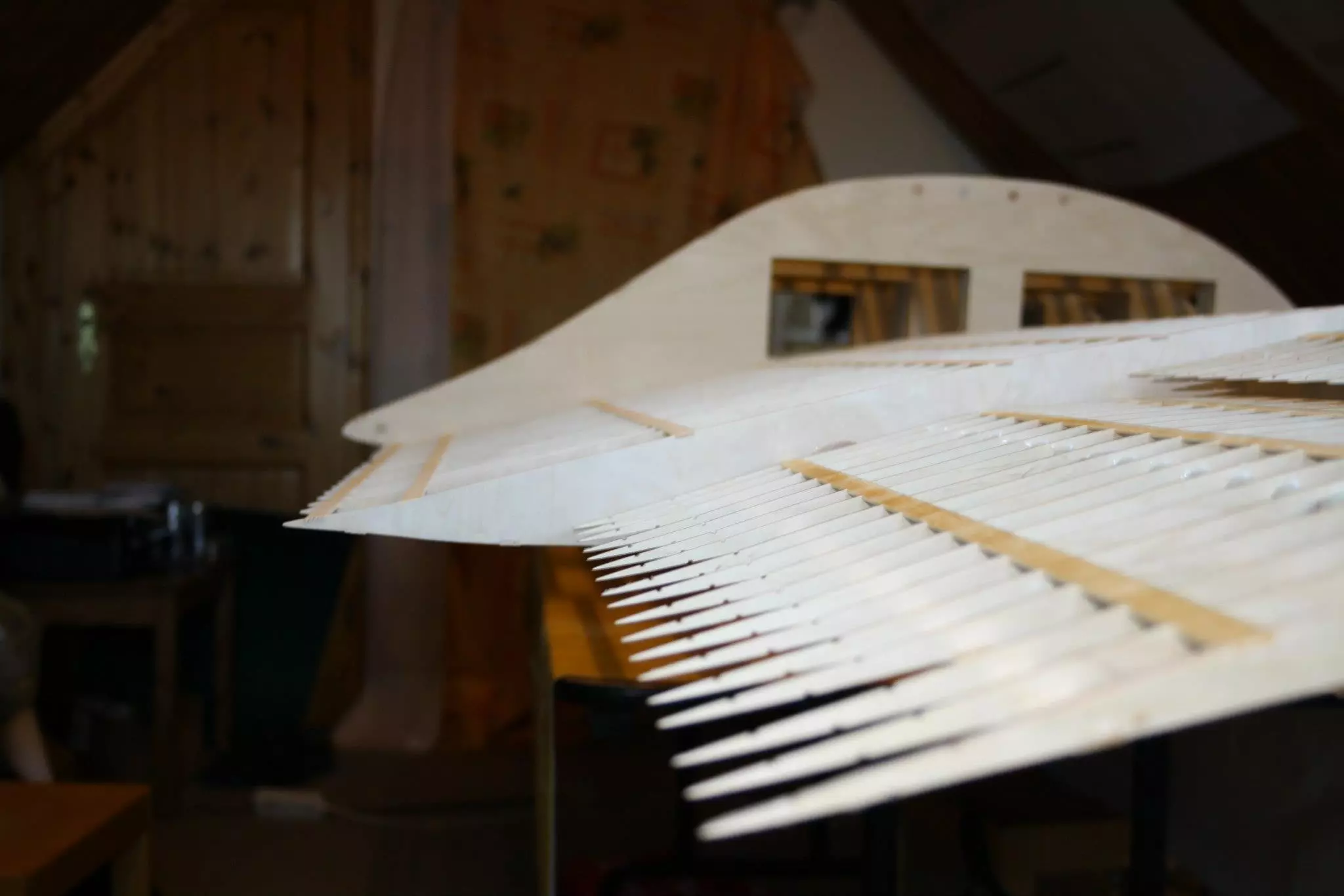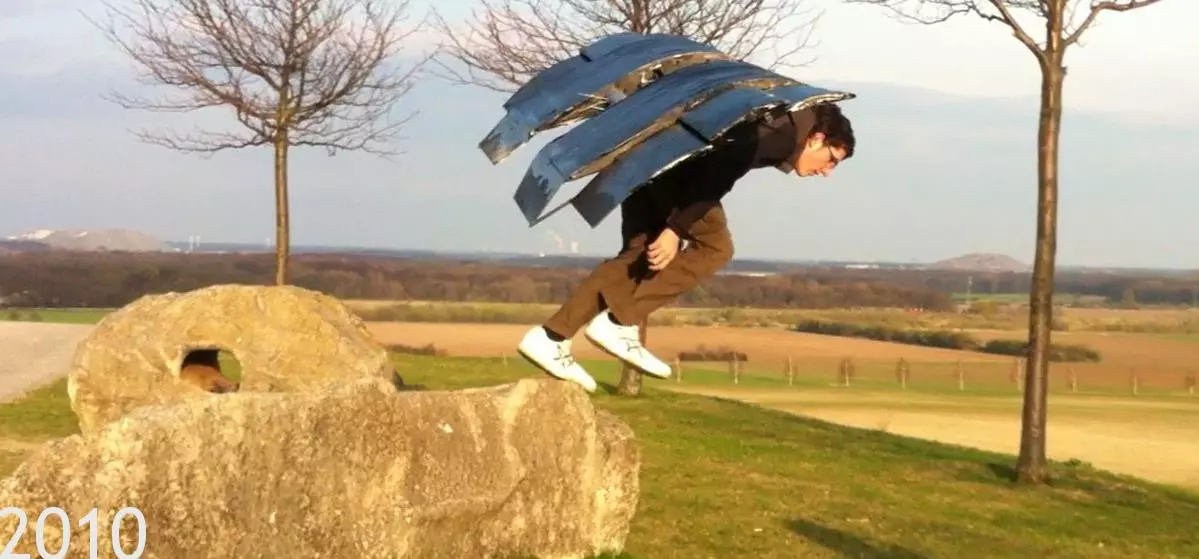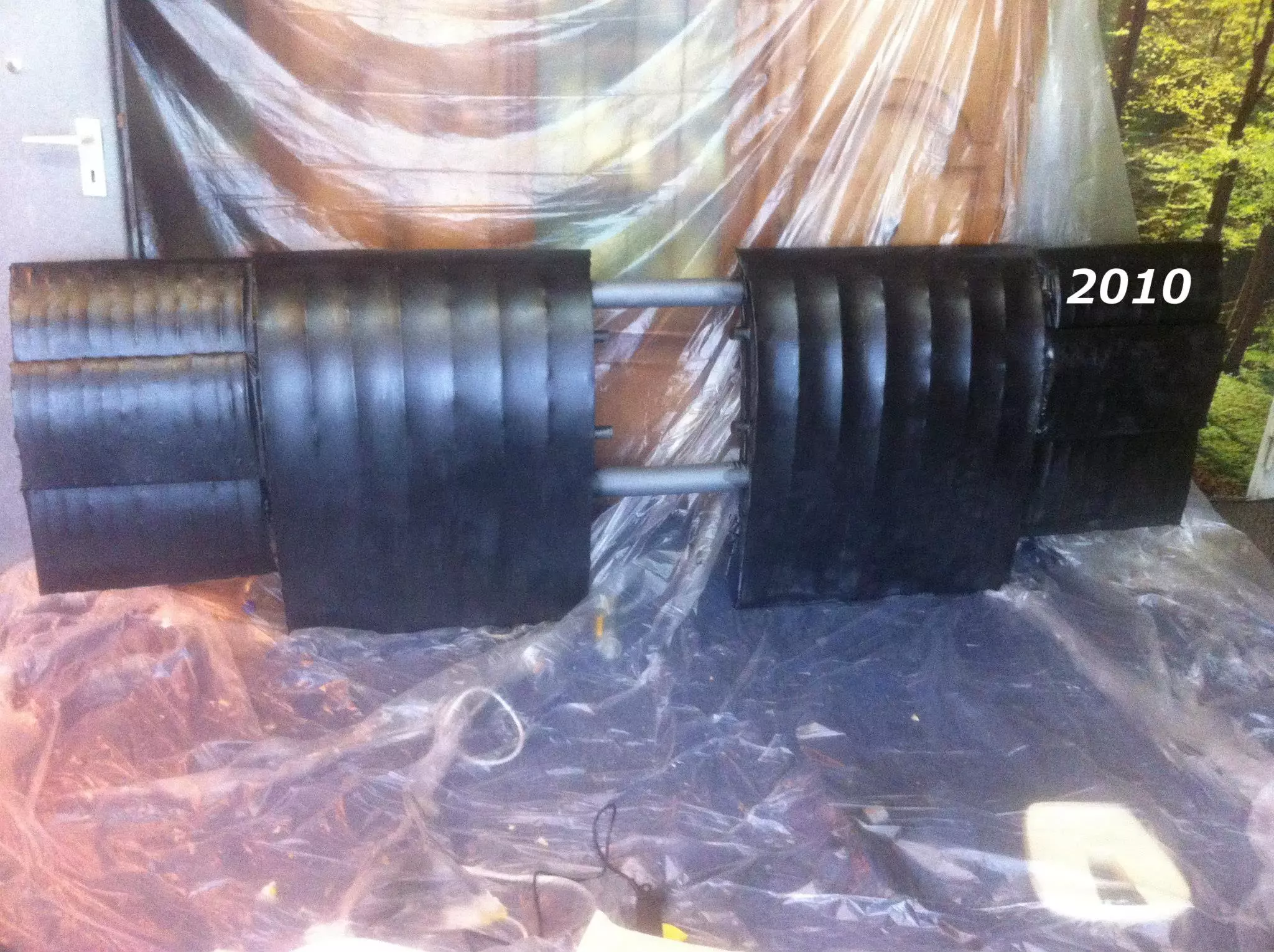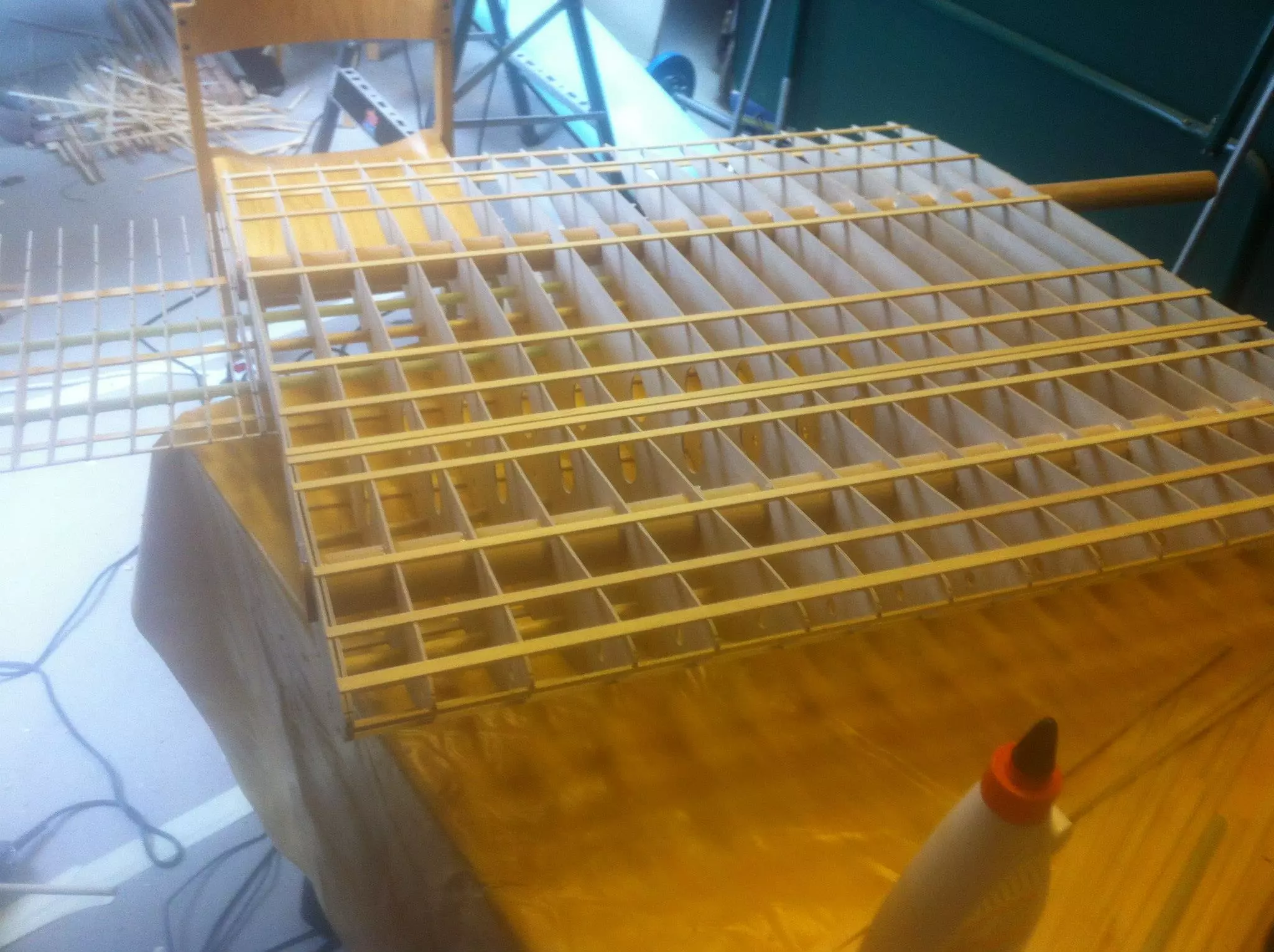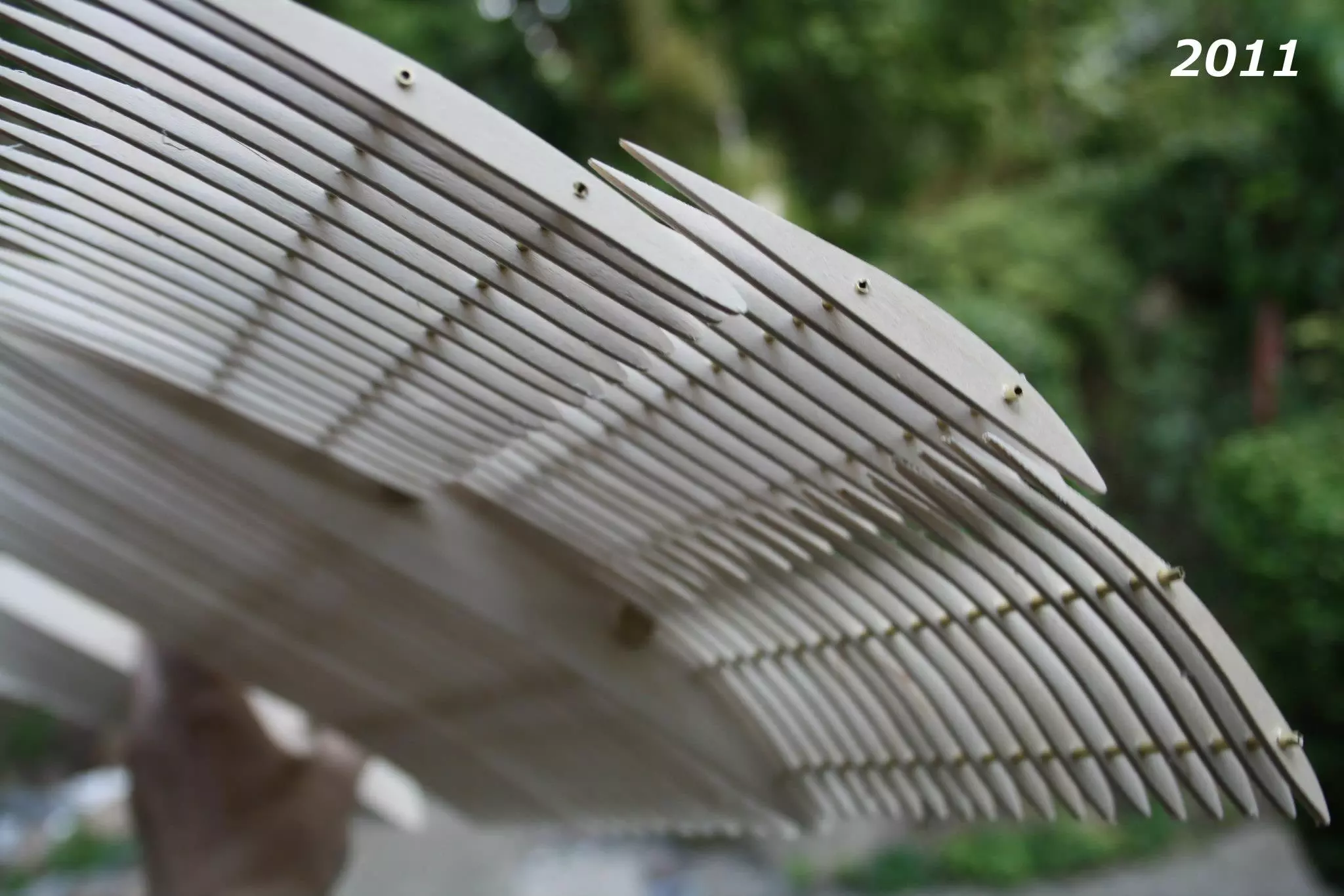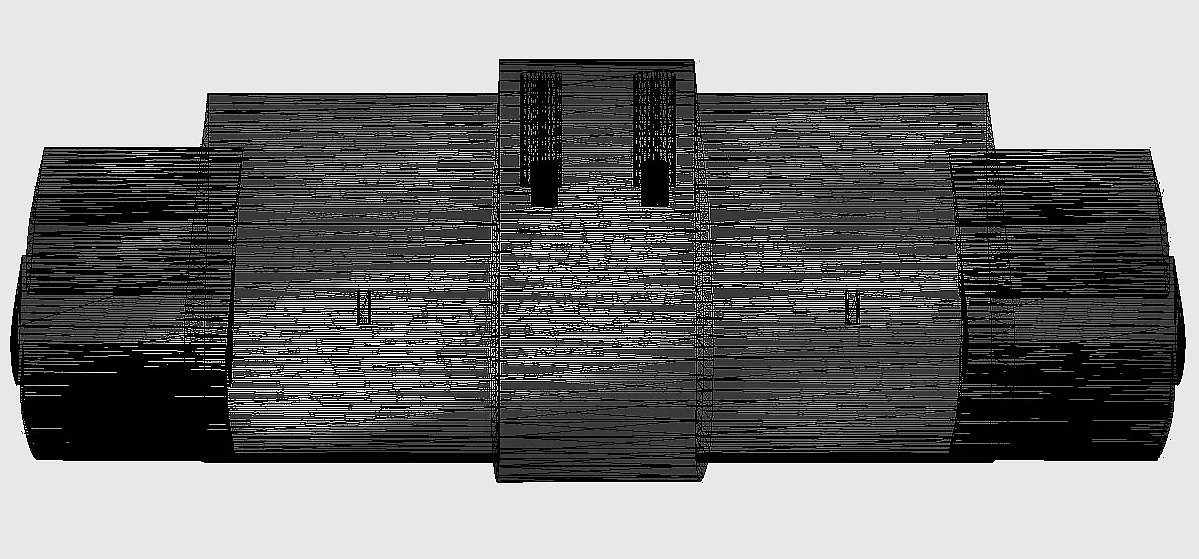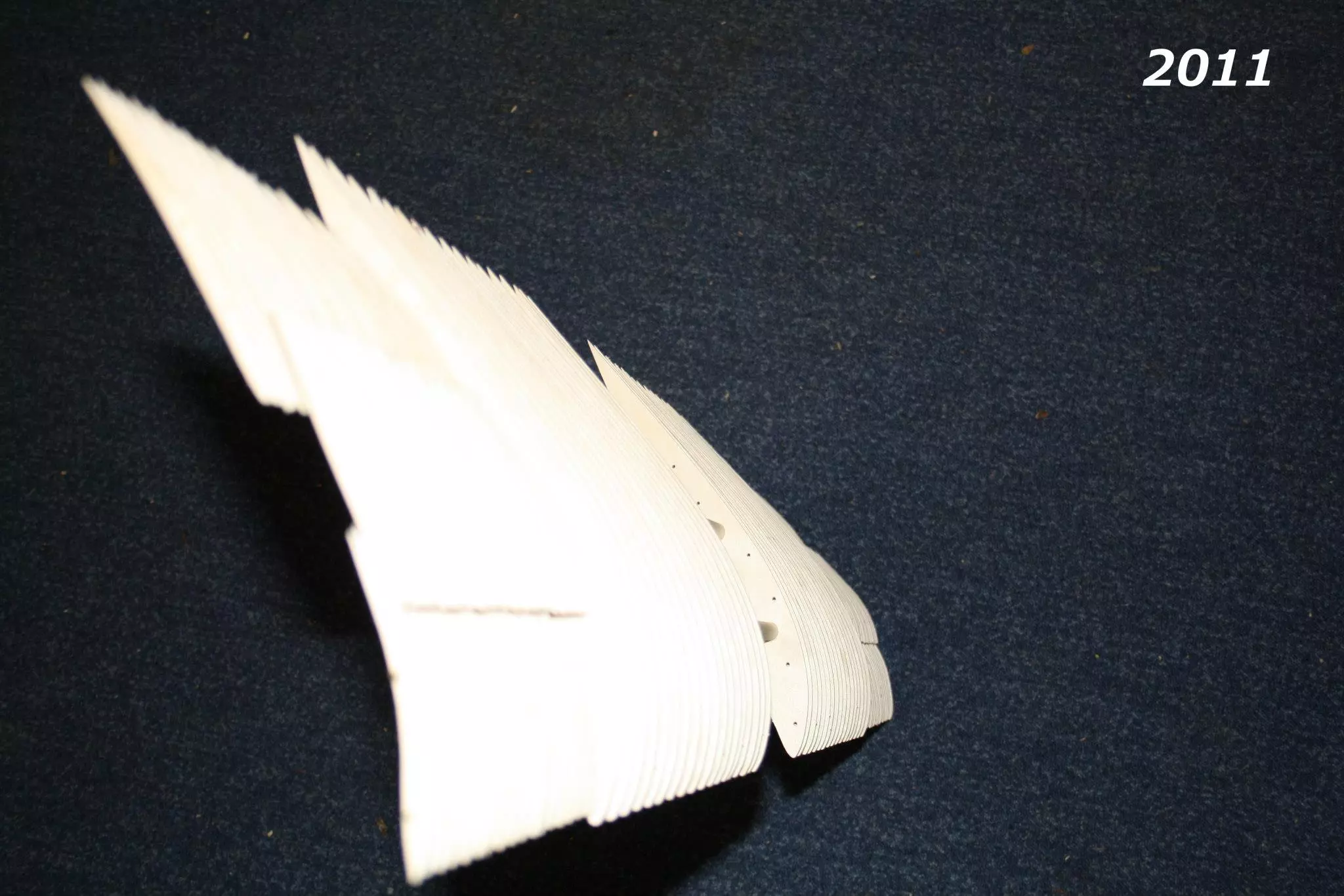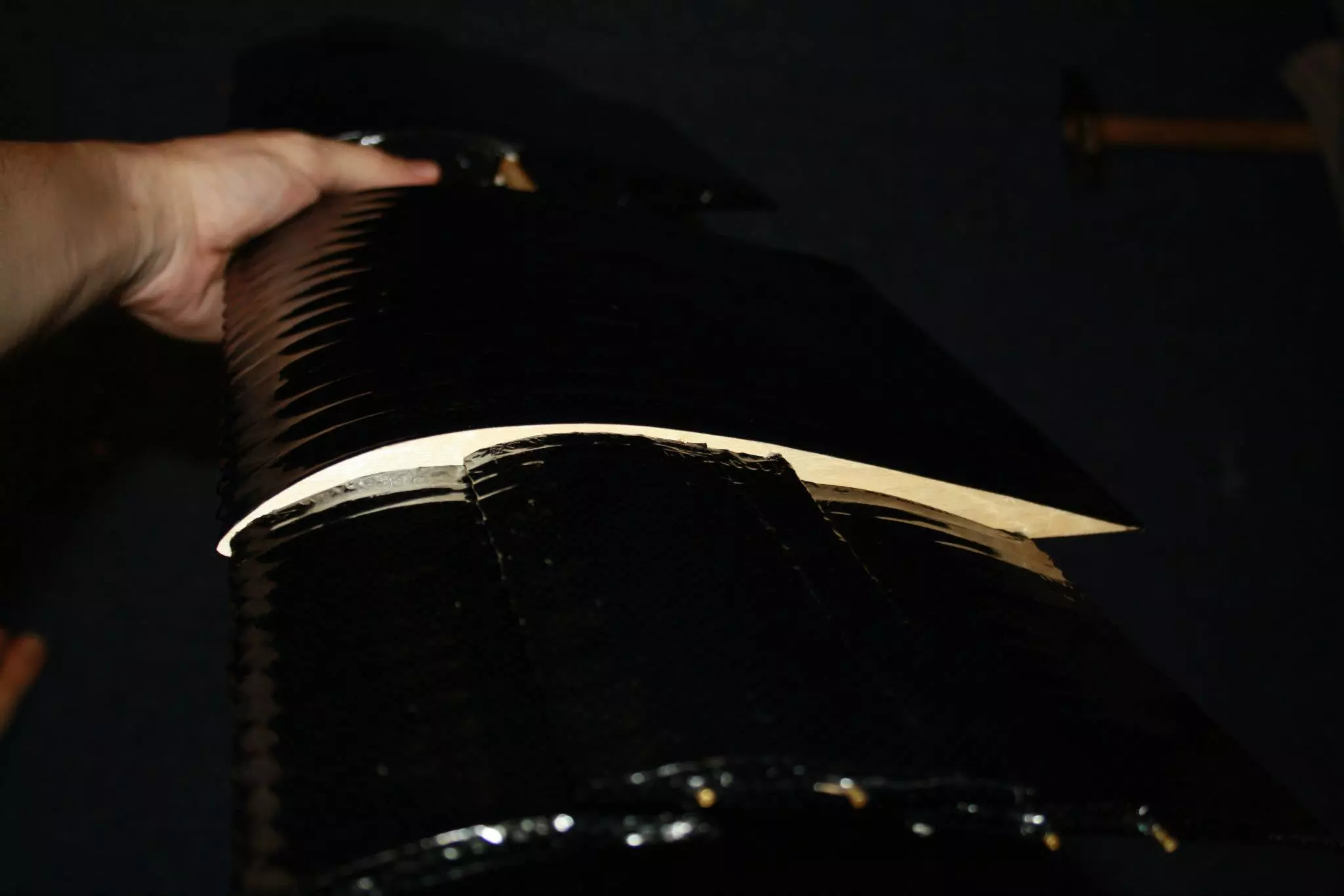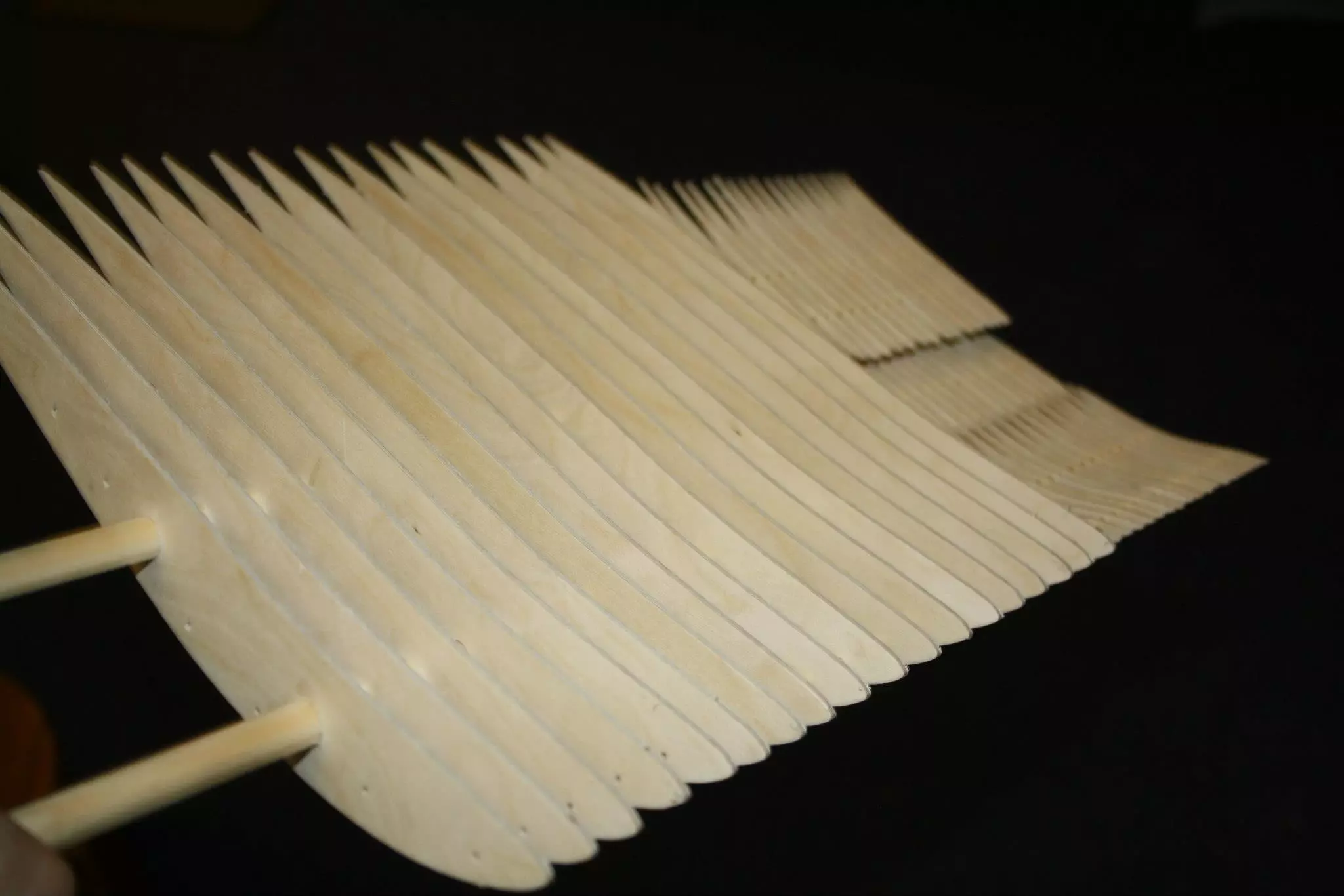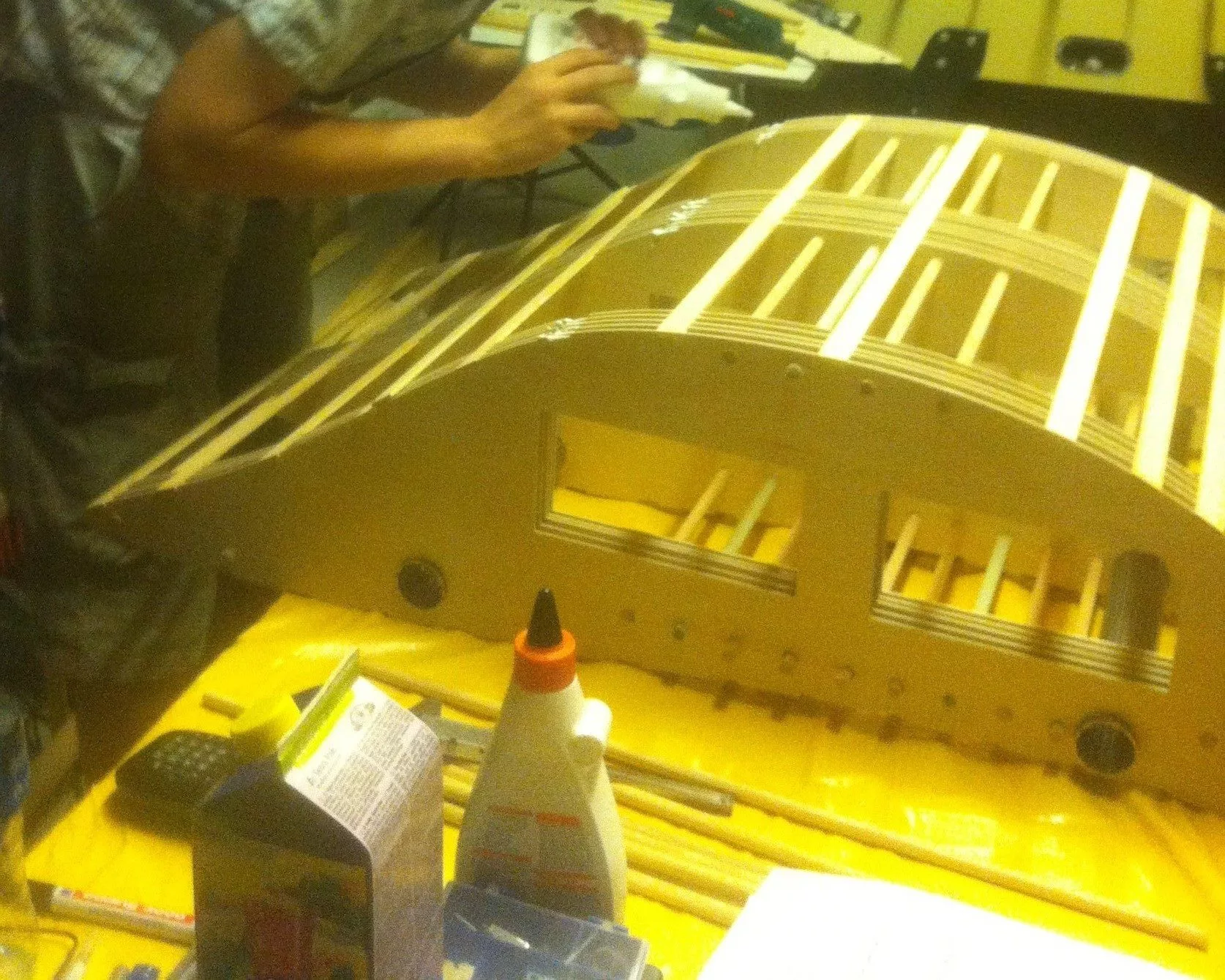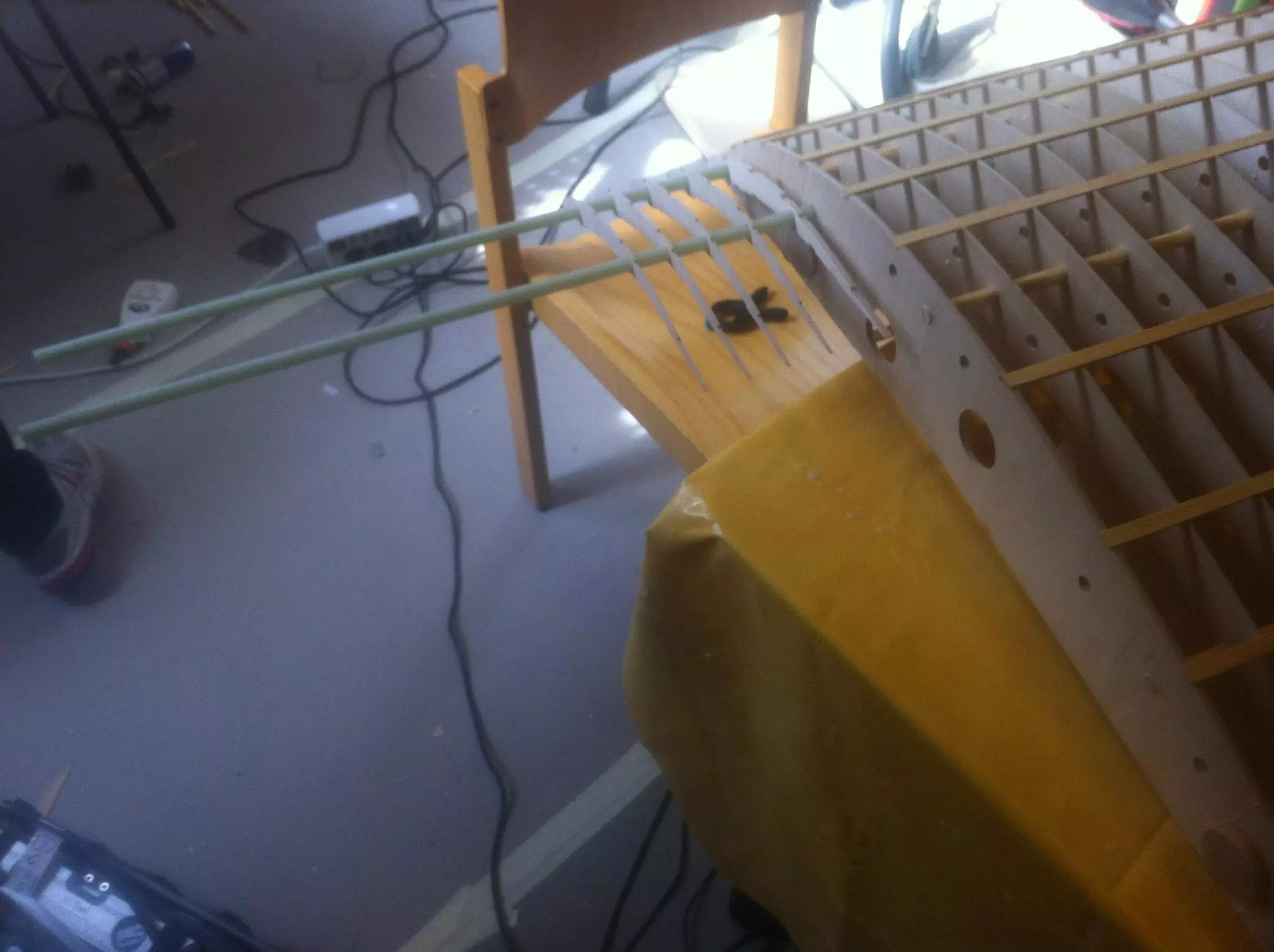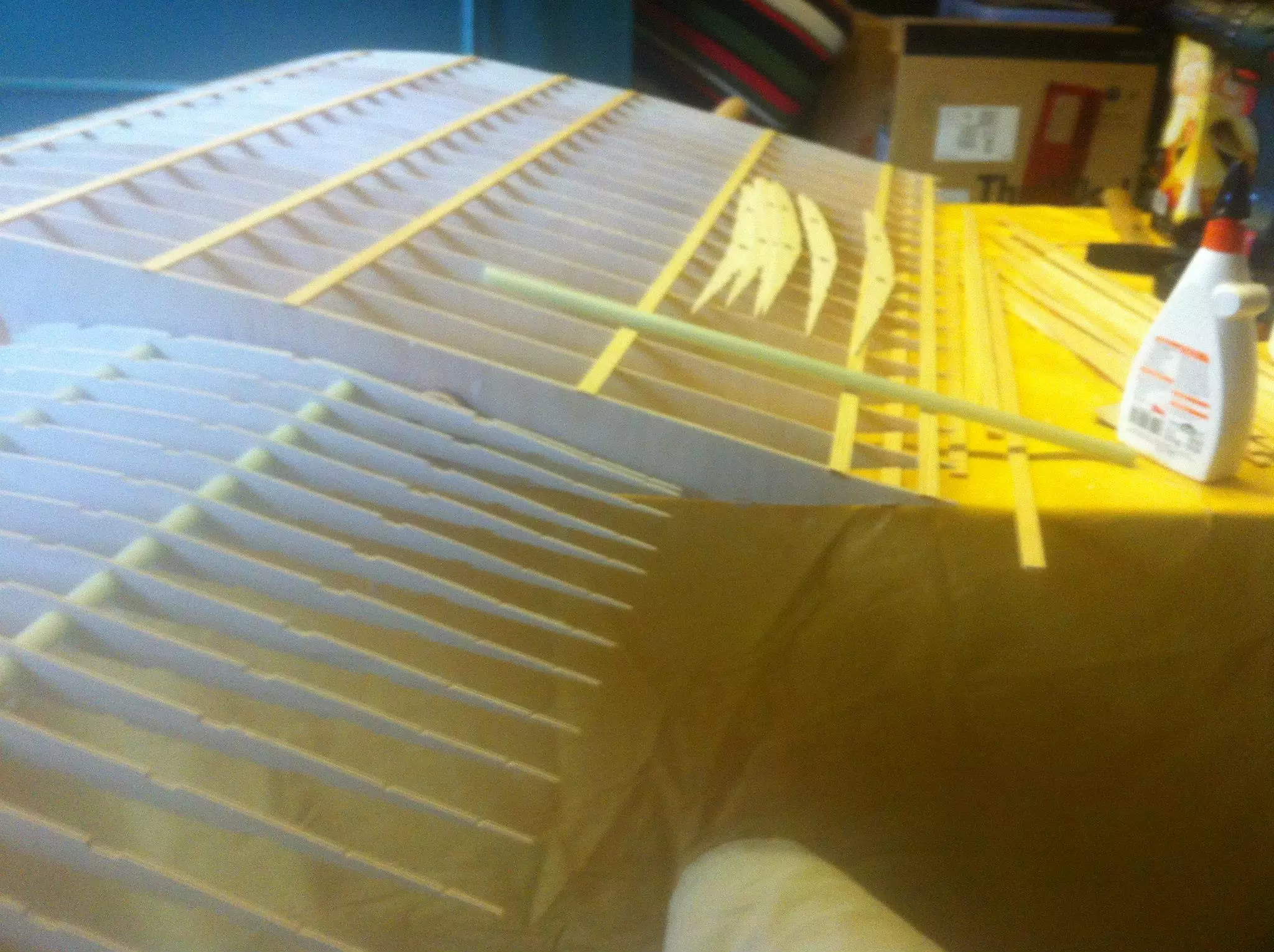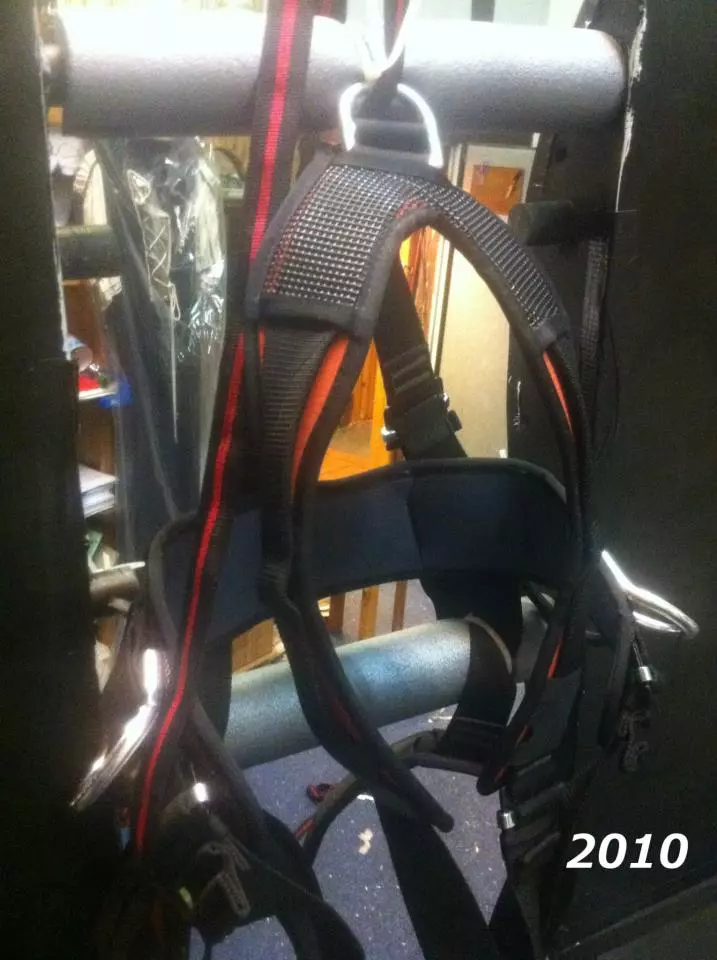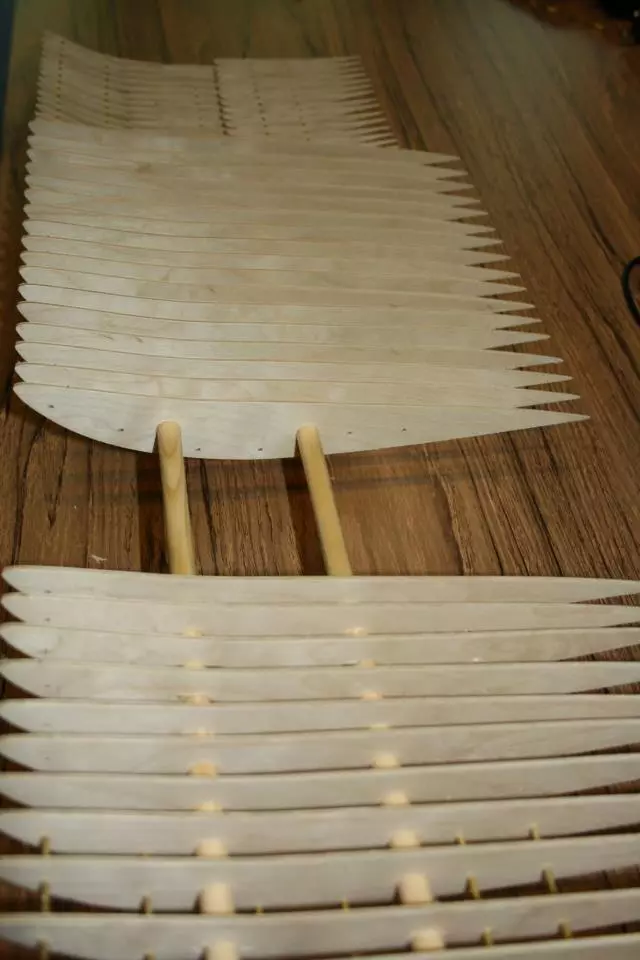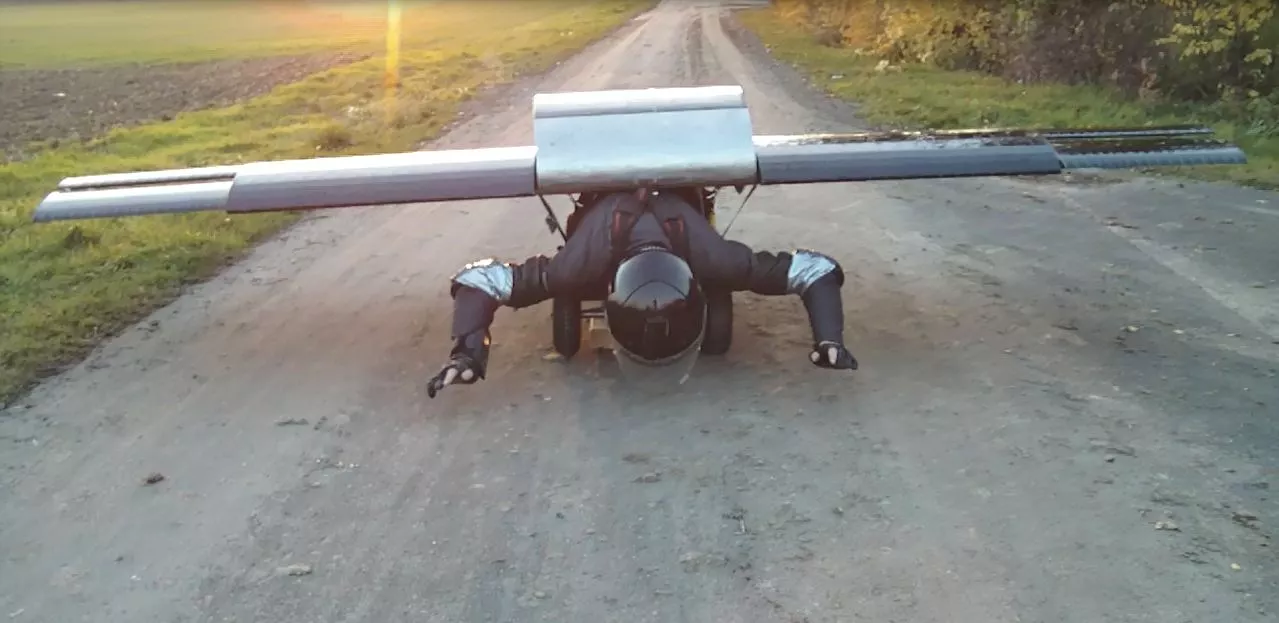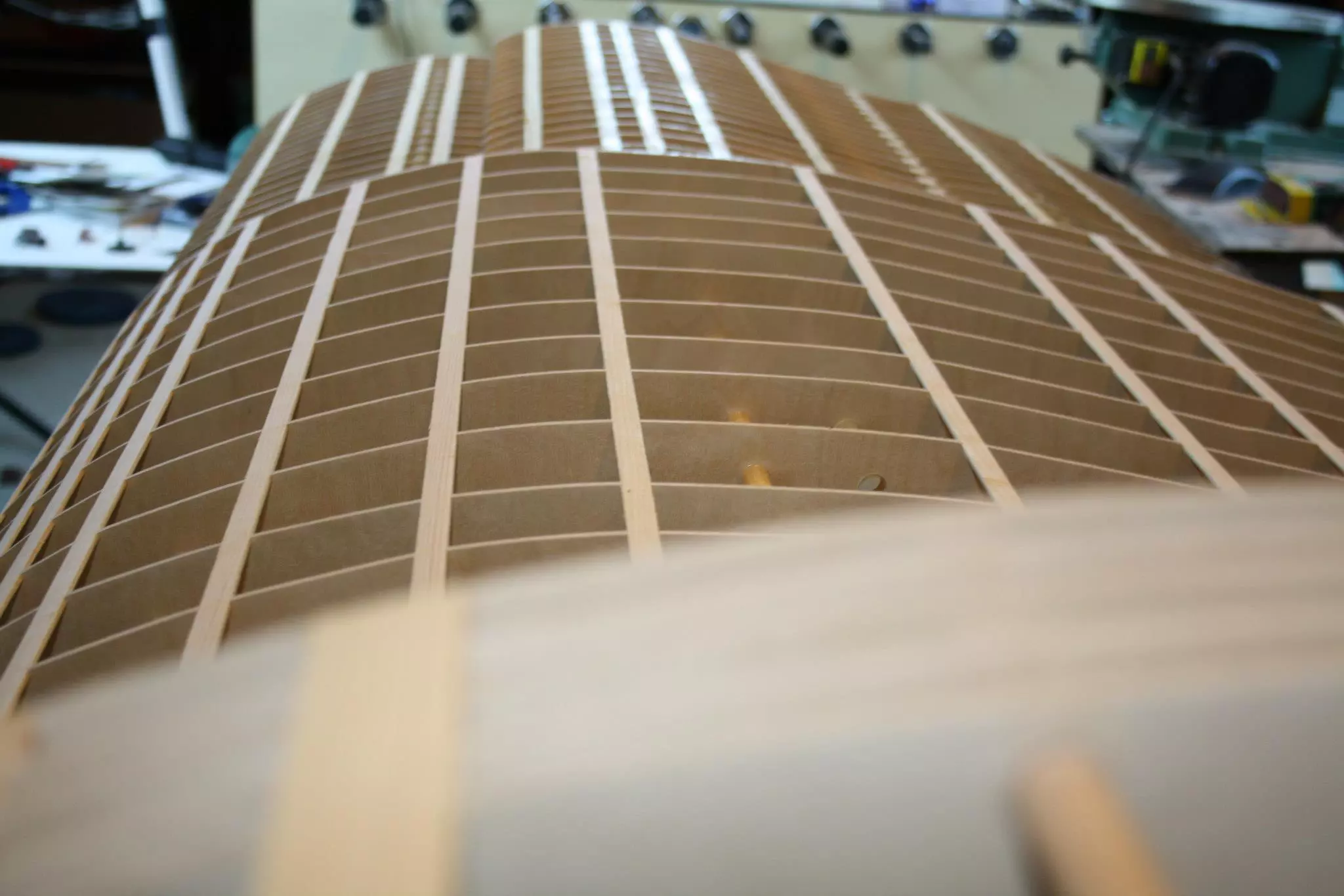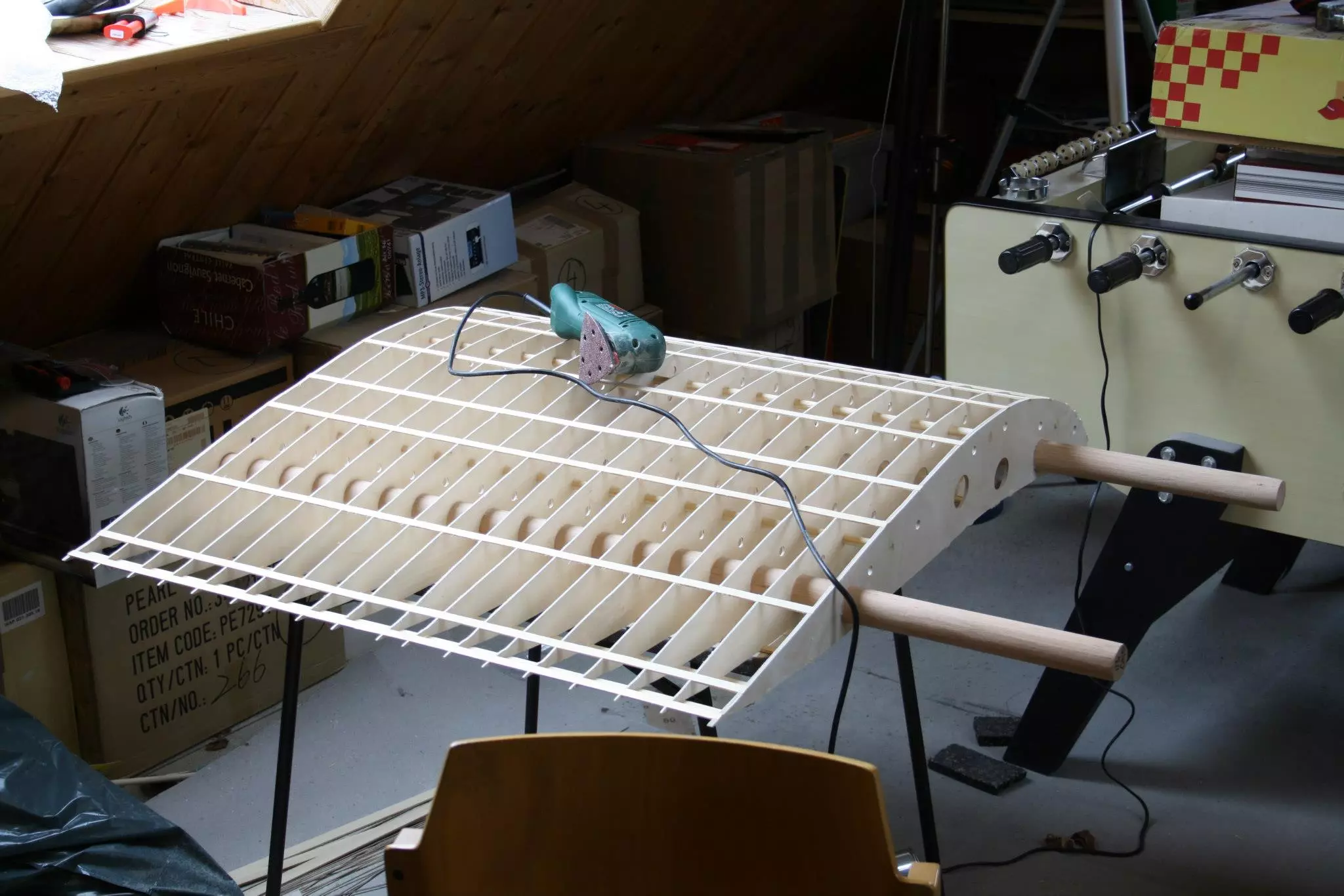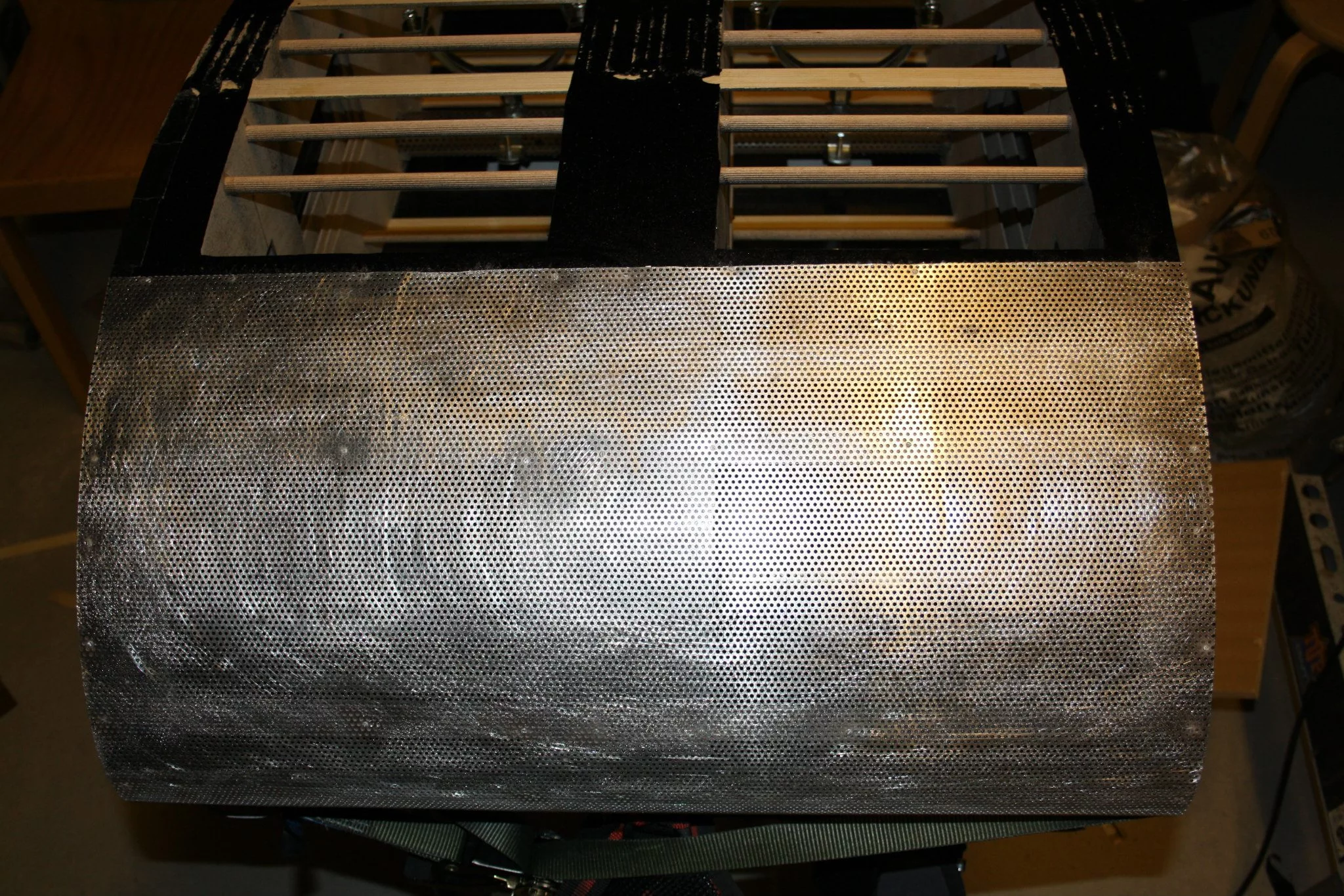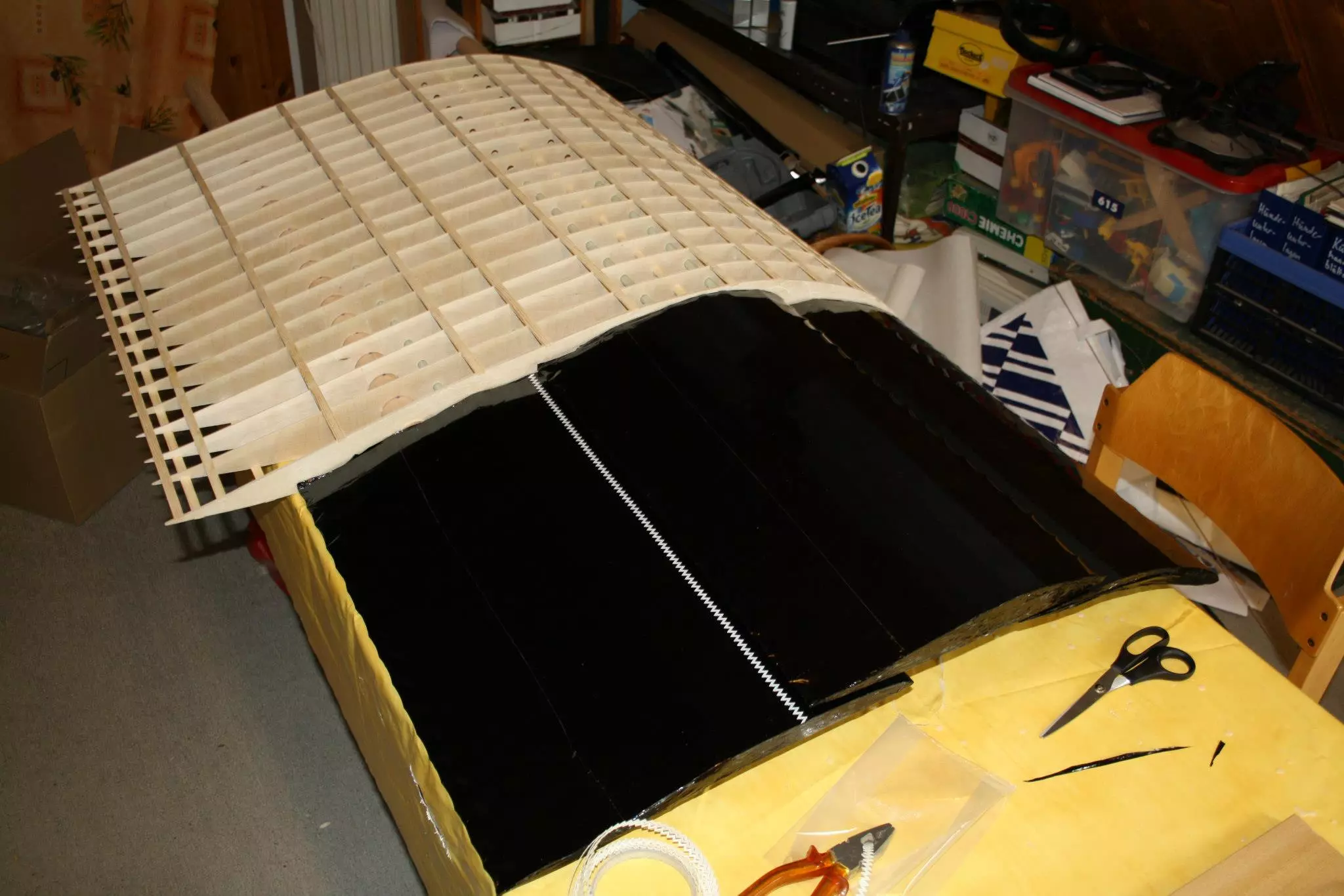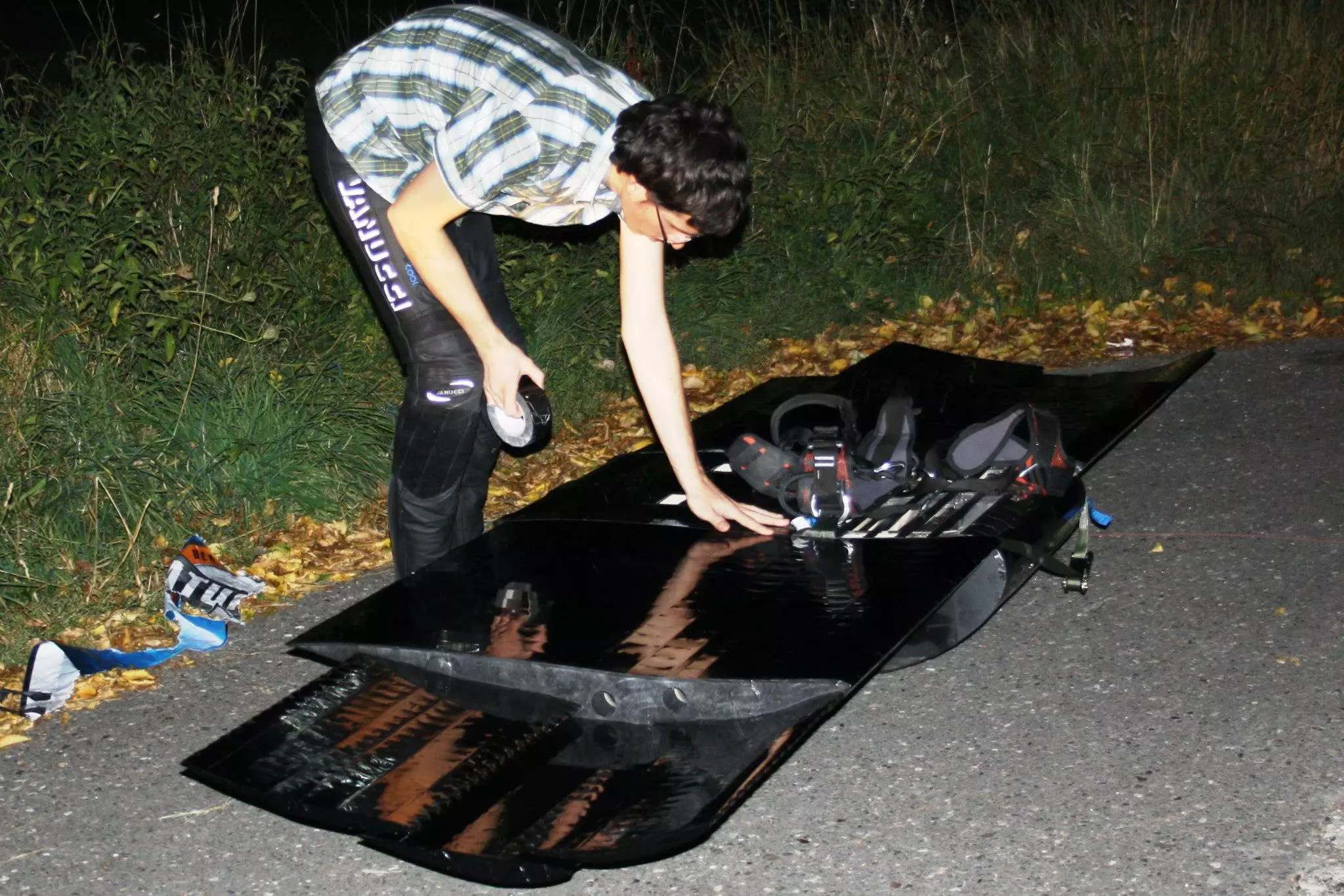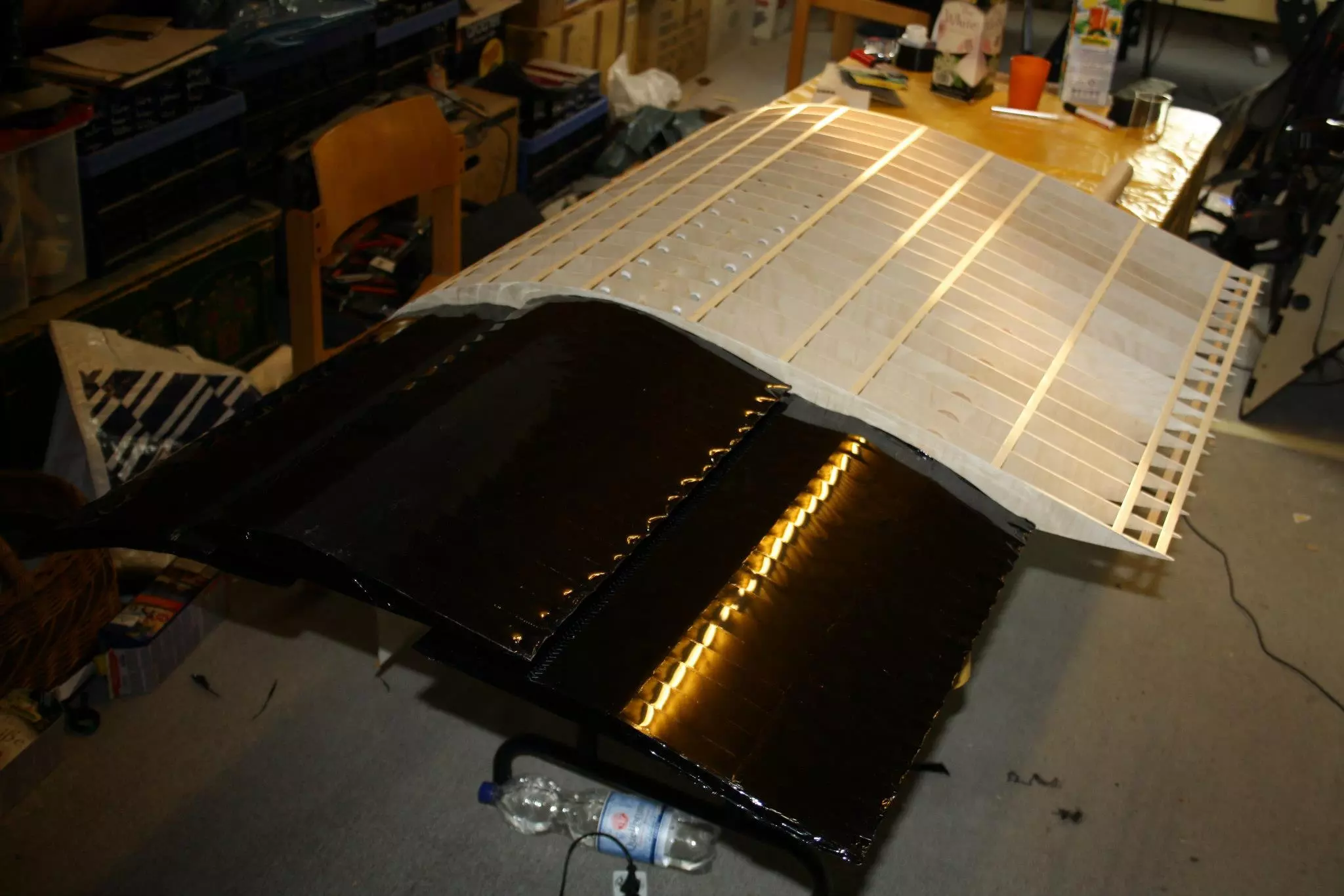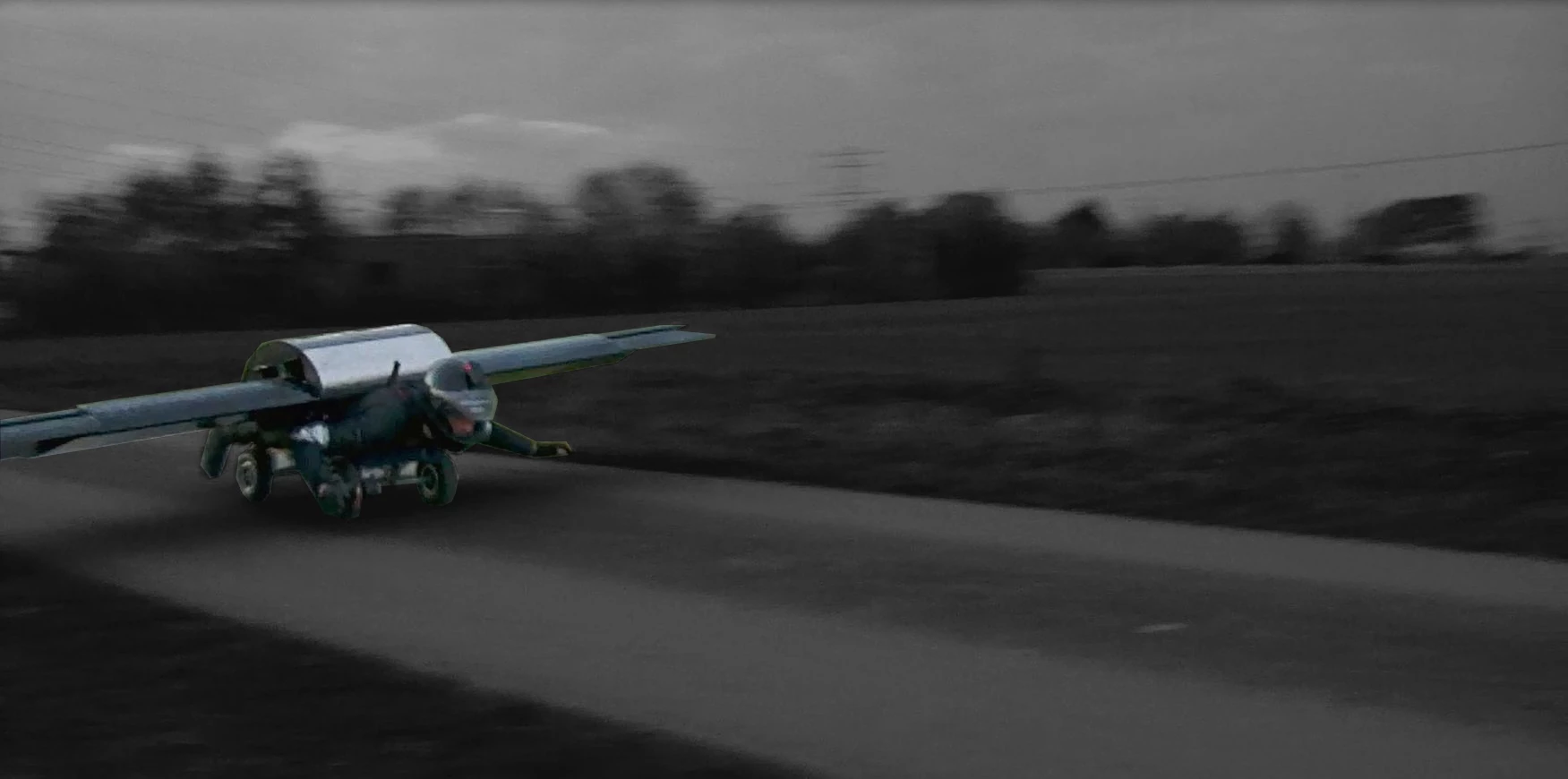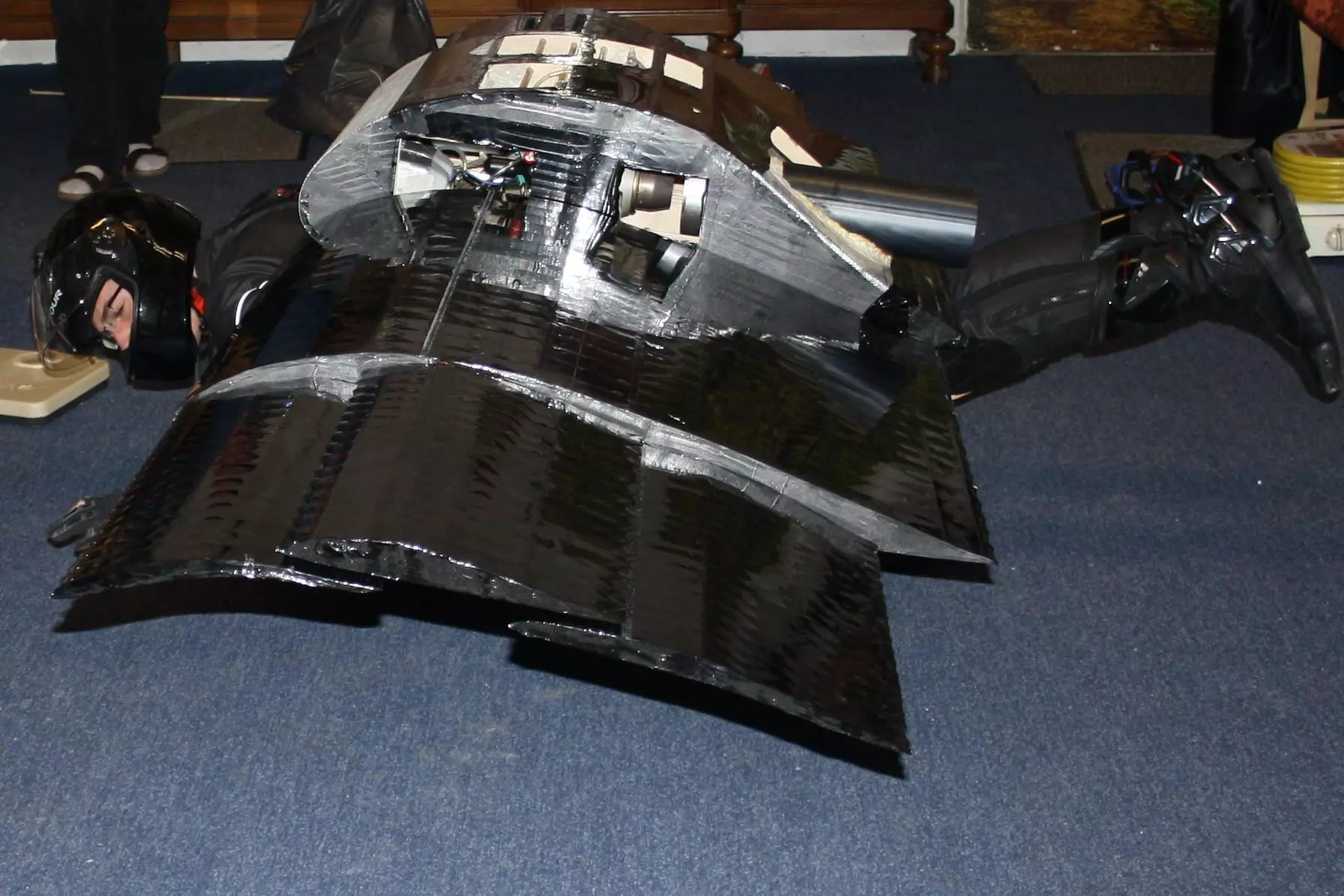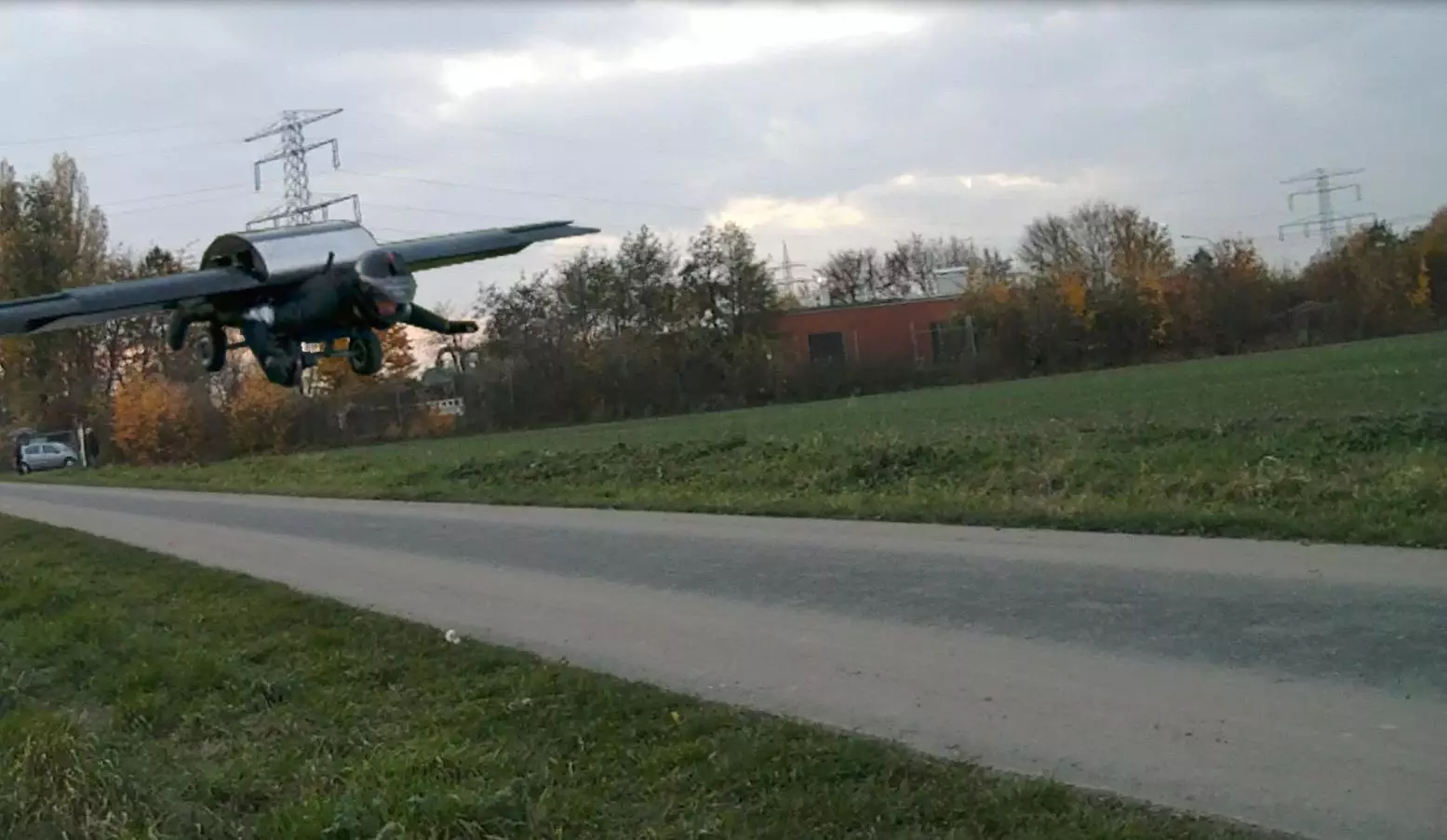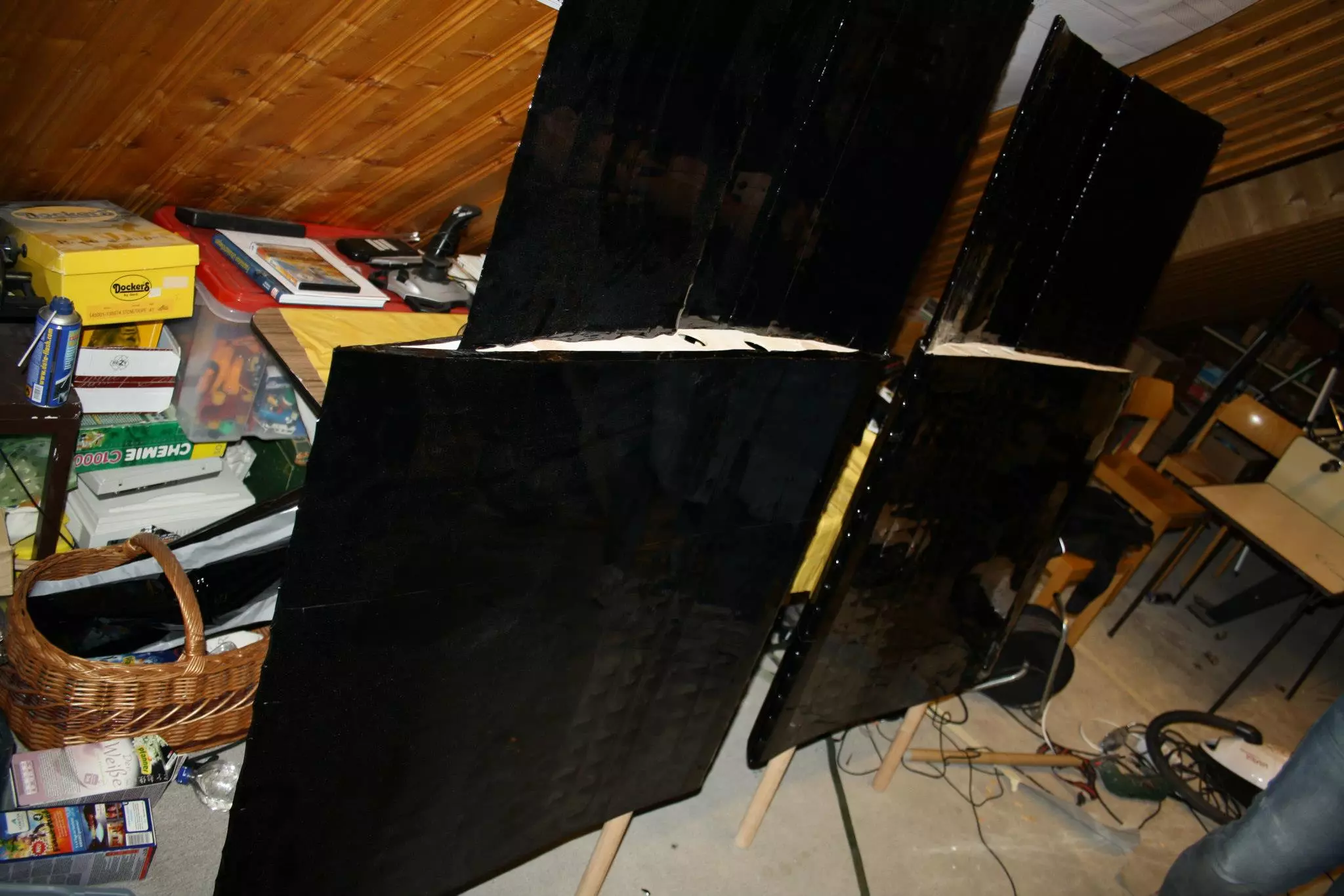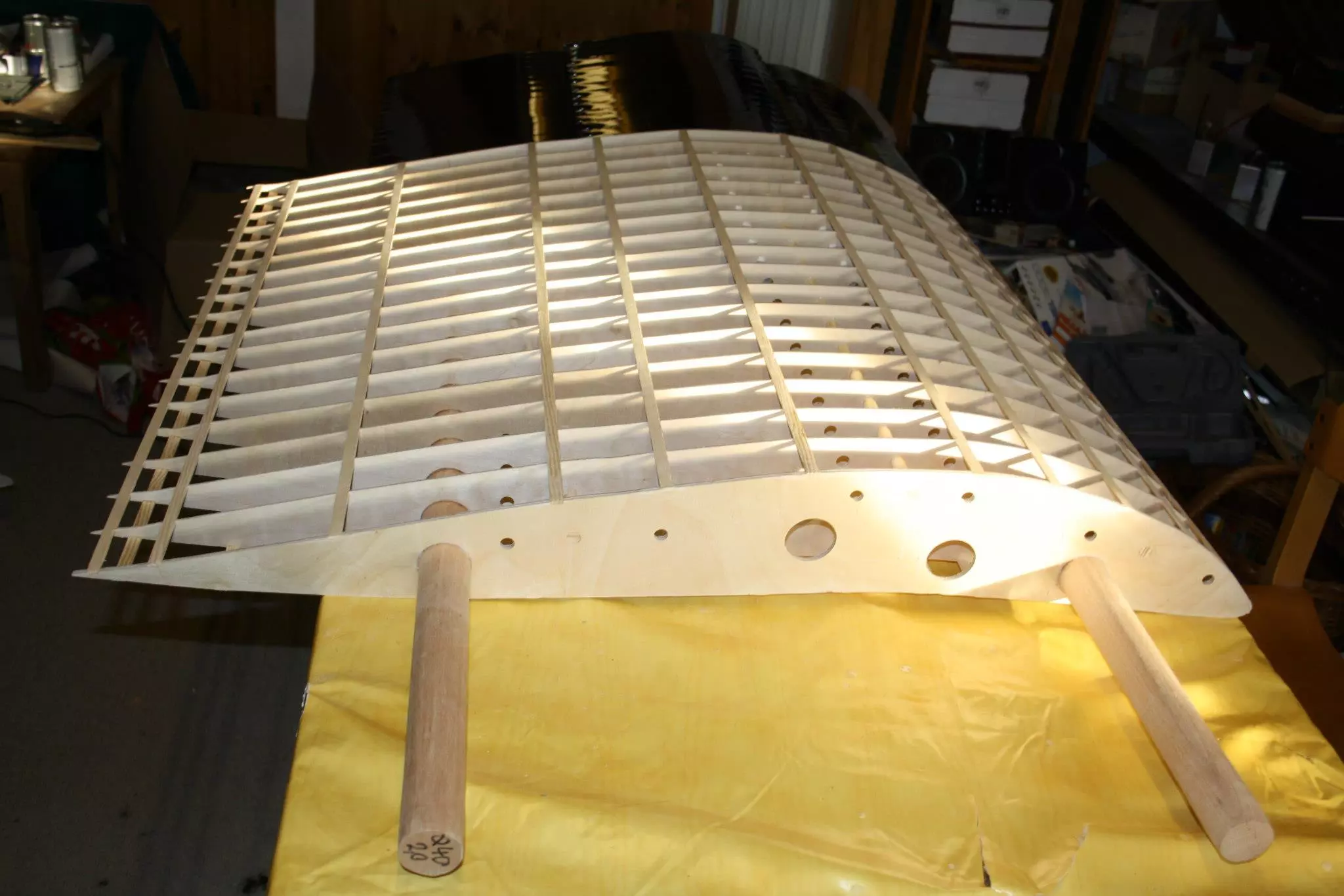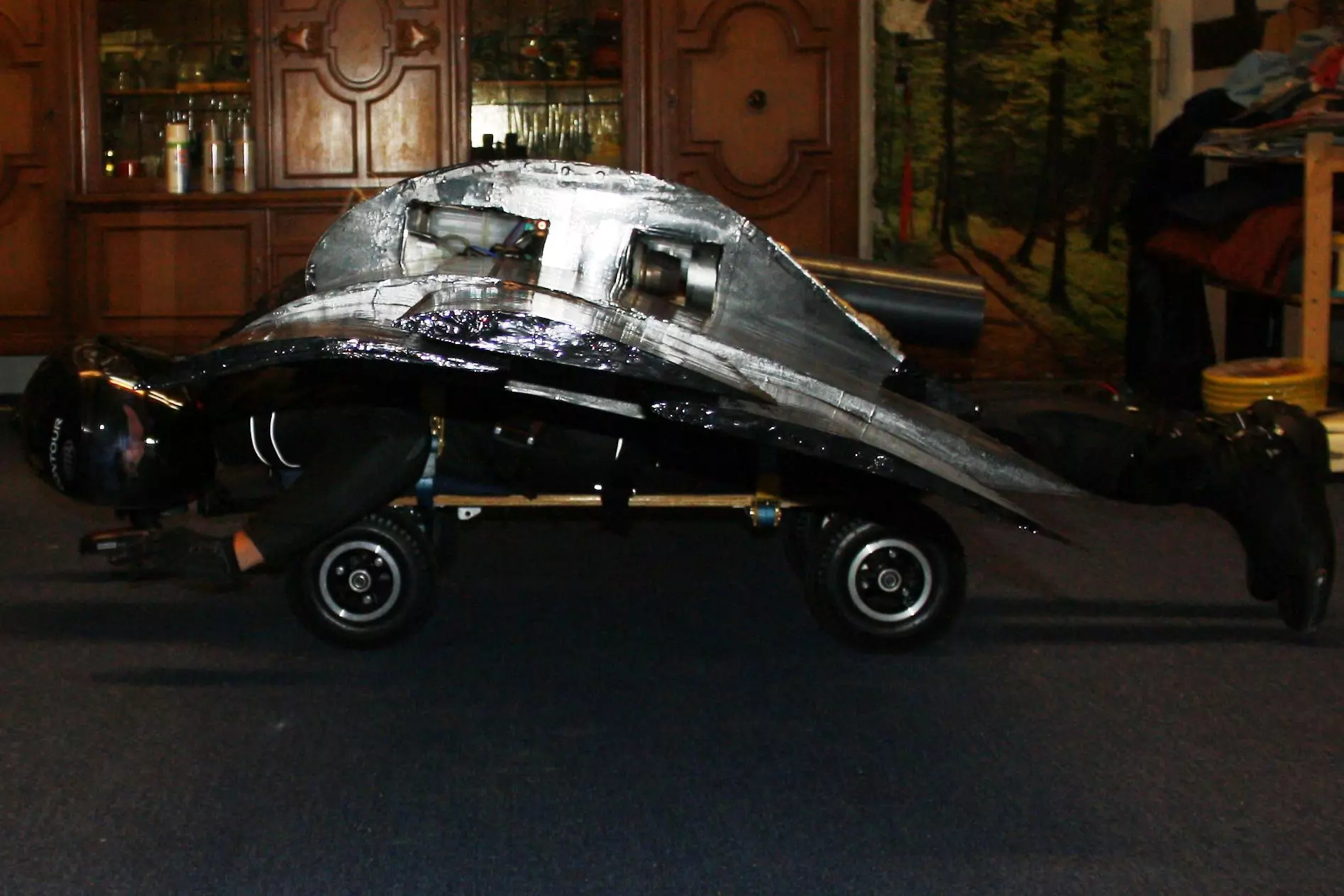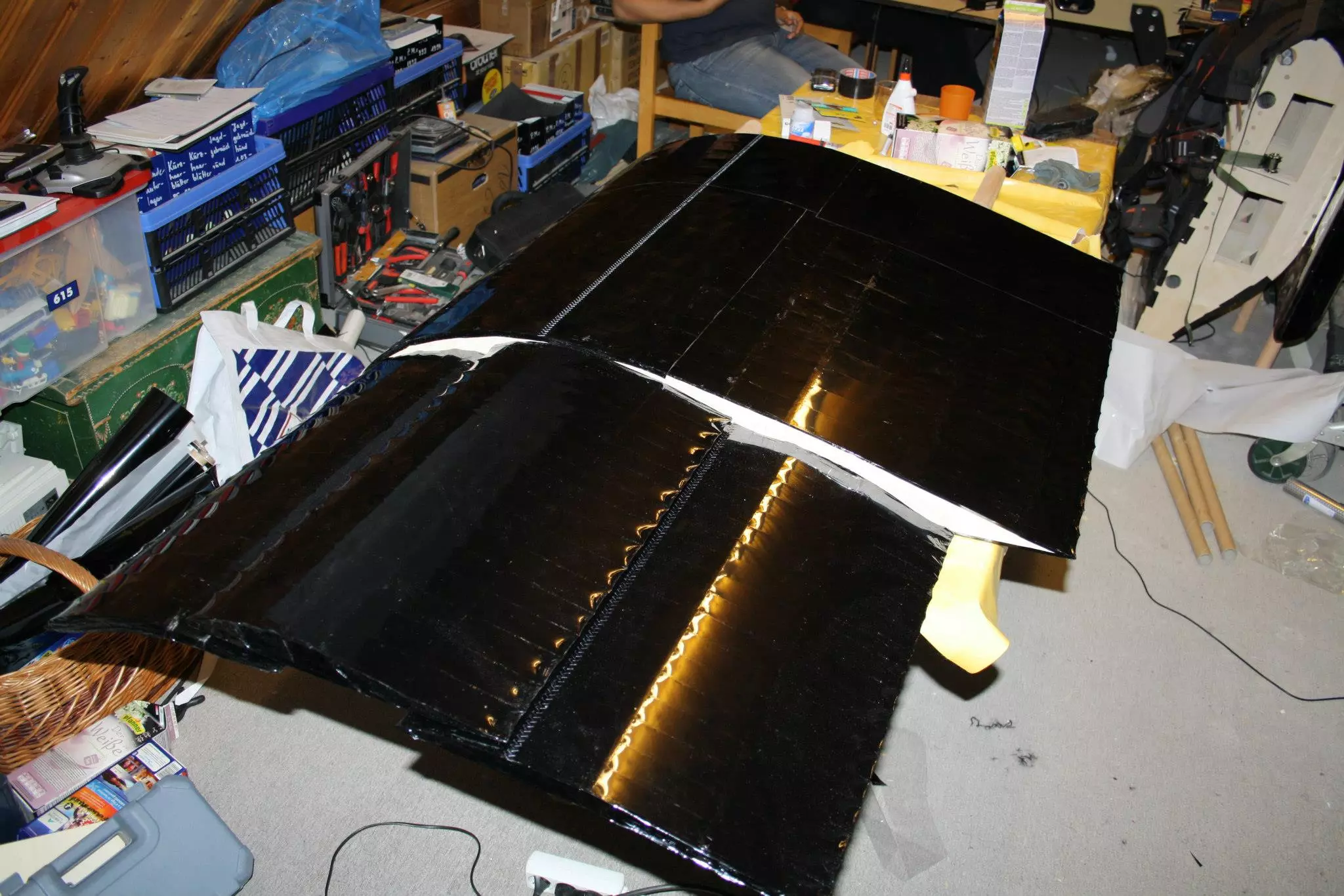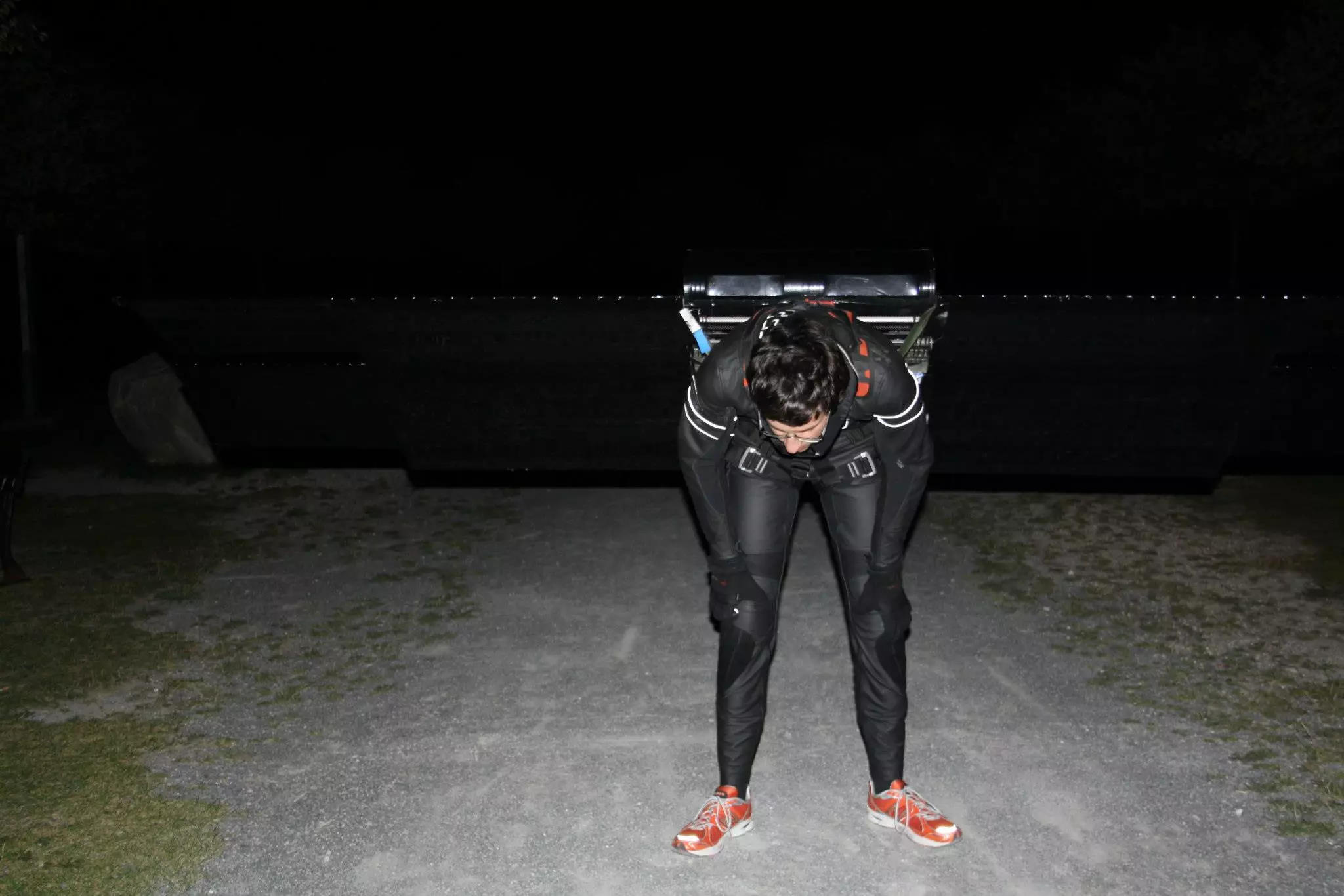While most of us sit around grumbling and demanding to know, “where’s my jetpack?", German Fritz Unger and a group of friends have decided to do something about it. On a shoestring budget they are building their own one-man, jet-propelled wing. Dubbed “Skyflash,” it’s meant to not only emulate the jet wing made famous by Jetman Yves Rossy, but to go one better by taking off from the ground instead of having to be dropped from an aircraft.
Ever since he became a pilot at the age of fourteen, Fritz Unger dreamed of flying without the encumbrance of a plane. Inspired by the exploits of Rossy and world-record skydiver Felix Baumgartner, Unger banded together with some friends and began work on Skyflash with the support of web advertising and donations.
With a name right out of Thunderbirds, Skyflash is, if nothing else, ambitious. The wing, which is worn like a backpack, is designed to take off from the ground and, if successful, will be the smallest twin engined plane ever built. It’s based on the wings of the condor – a soaring bird with the ability to alter its wing structure to take advantage of variable mountain wind conditions.

Aircraft designers already use morphing wings on modern jetliners to help on takeoffs and landings and Skyflash’s wings change for the same reason, though on a much smaller scale. Its wings, that measure 11.15 foot (3.5 m) tip to tip, are made up of three units that separate to provide greater surface area and more lift on take off and then reunite during flight for speed and stability.
The wing is powered by two microturbine diesel jet-engines fitted into the central “wingbody," which is the part that straps to the pilot. It contains the computer and electronics and the computer links to an 8-inch graphic interface strapped to the pilot’s arm. The fuel tanks are in the wings and connect to the fuel system automatically when installed on the wingbody before flight.
Skyflash weighs 55.12 lbs (25 kg) and boasts a maximum takeoff weight of 354.94 lbs (161 kg) and has an undercarriage with 10-inch (25.4 cm) off road tires to take the load and allow Skyflash to take off from grass runways.
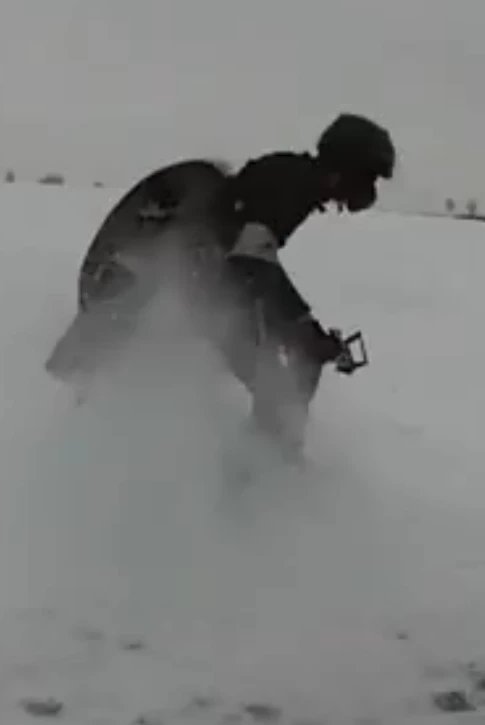
The controls for Skyflash are alarmingly simple. In addition to the wrist display, there’s a throttle held in the pilot’s right hand. Climbing and steering are achieved by the pilot shifting his body weight. The heat-proof boots worn aren't just a precaution, but a design feature because the jets’ thrust angle is controlled by dipping the boots into the exhaust like the control vanes on a V2 rocket. To turn, the pilot stretches out an arm and climbing is done by bending the knees.
Skyflash’s cruising speed is 68 knots (78 mph, 126 km/h) and its service ceiling is 11,800 feet (3,600 m). Range is 54 nautical miles (62 mi, 100 km) with a flight time of one hour. The Skyflash team is a bit coy about landing, saying that it’s “the same way you took off,” which is not very reassuring, since landing is the most dangerous part of any flight. However, safety is not ignored. Skyflash’s wings have quick release mechanisms and the wingbody incorporates a parachute.

So far, three prototypes of the wing have been built – a small aluminum model for wind tunnels and flight tests, a 1:4 scale proof of concept model and a 3:4 scale model to show that it scales up. The completed Skyflash is made out of aviation plywood covered with shrink-wrap plastic to keep costs down. The parts were fabricated using lasers and CNC technology and assembled by hand.
If the wooden Skyflash works as designed, the team will move on to Skyflash I, which will use glass-fiber construction and more powerful engines that will allow it to double its performance and quintuple its range.
The video below shows Skyflash undergoing ground tests.
Source: Skyflash
Update: This article was modified on Feb. 24, 2013, to clarify the weight of the device. The original weight listed of 286.6 lbs (130 kg) is the typical weight of the Skyflash and pilot.
